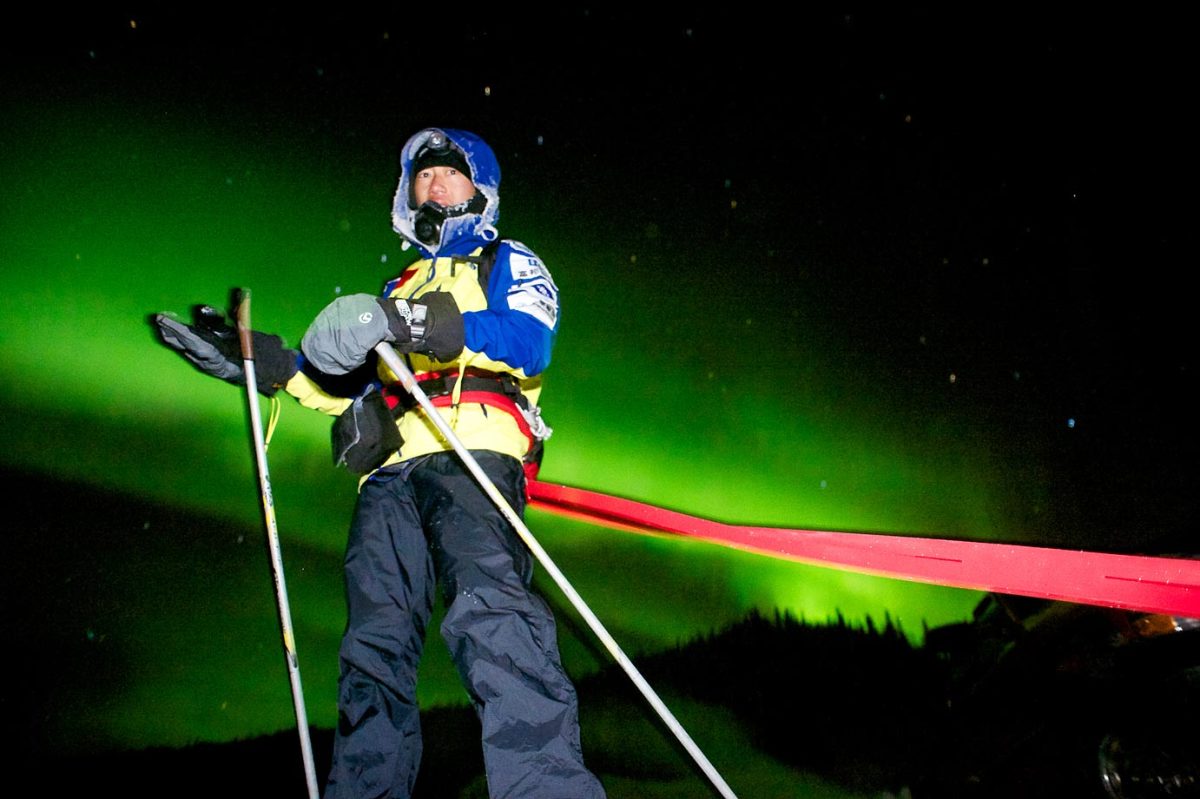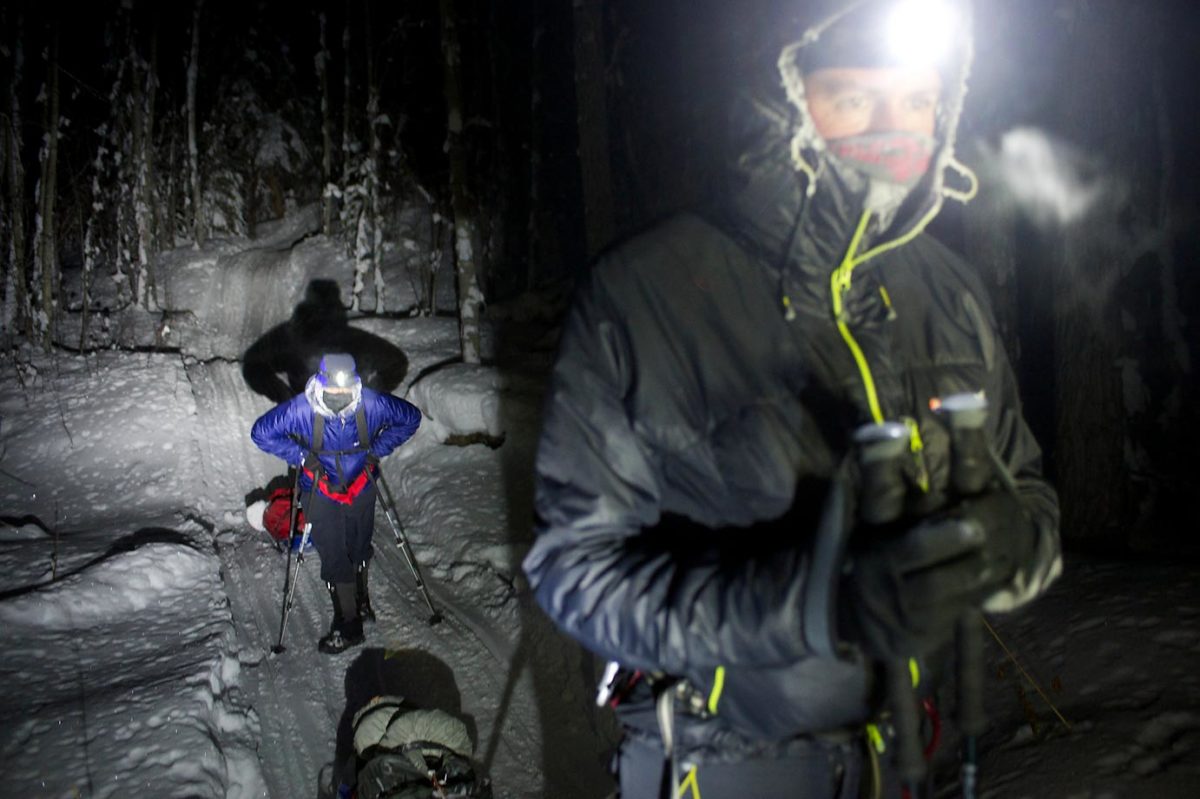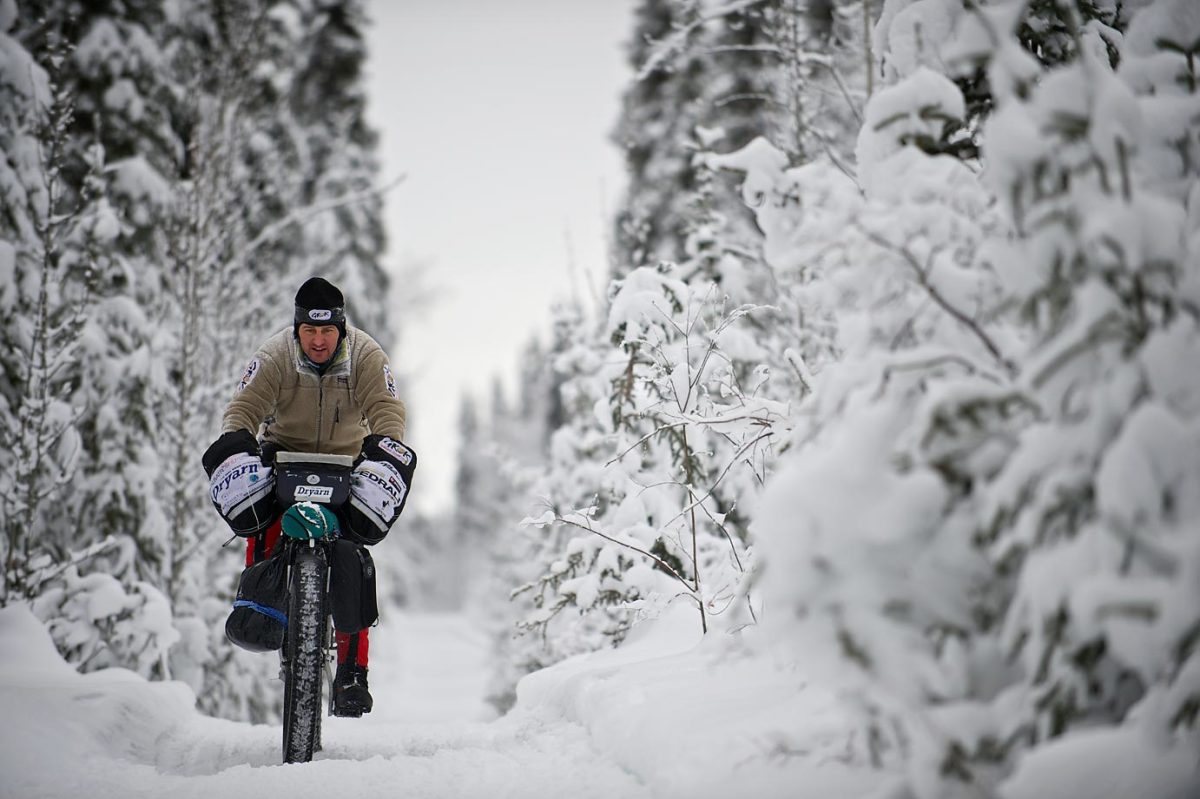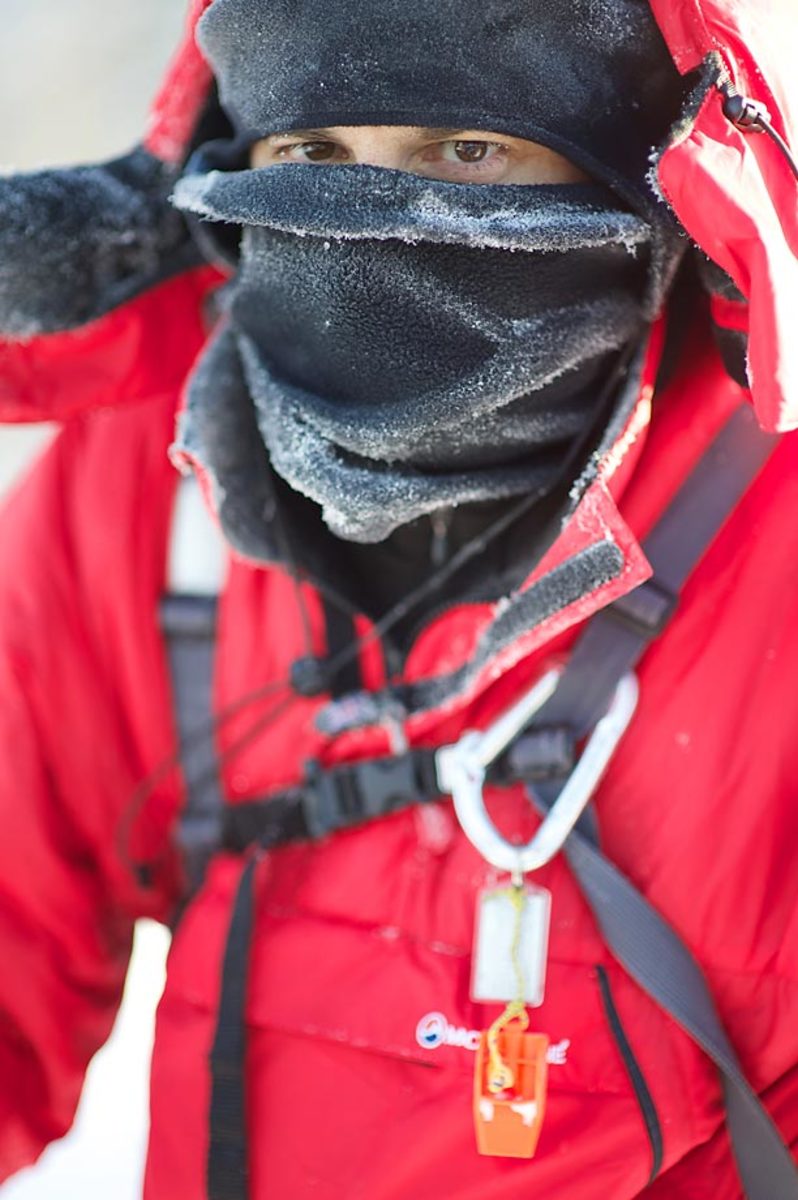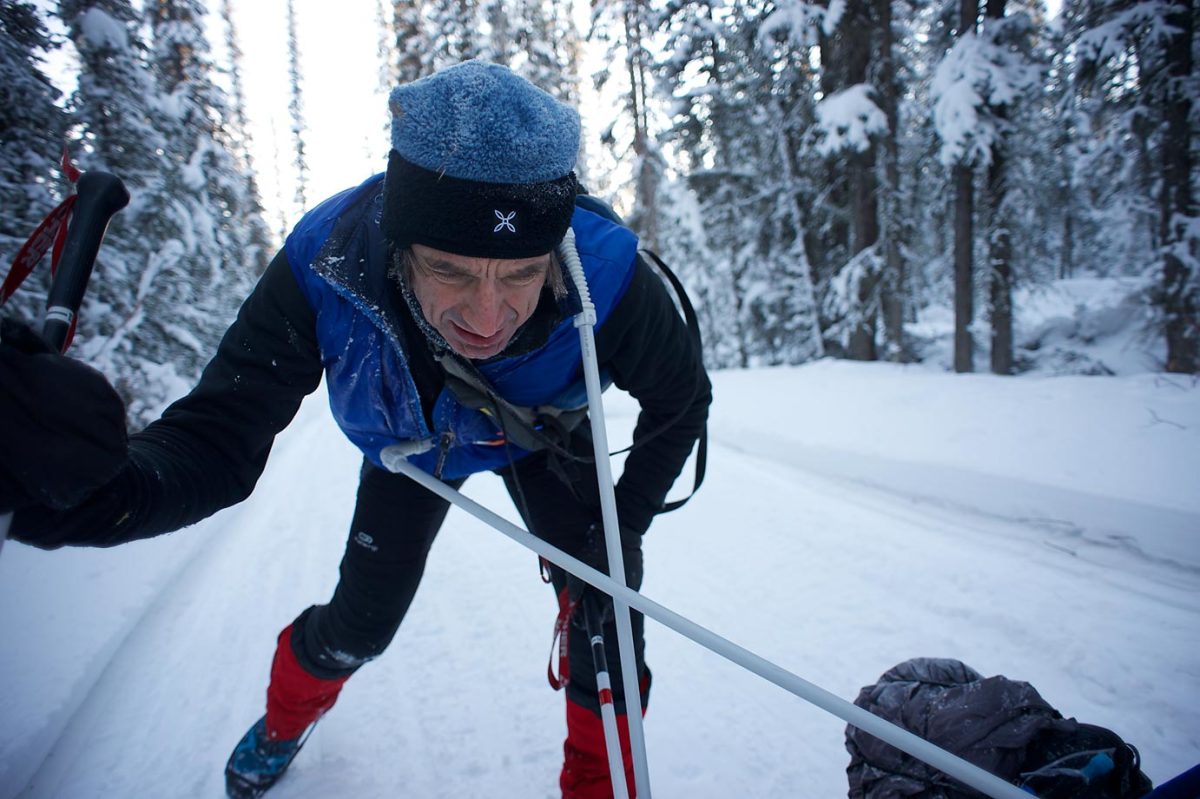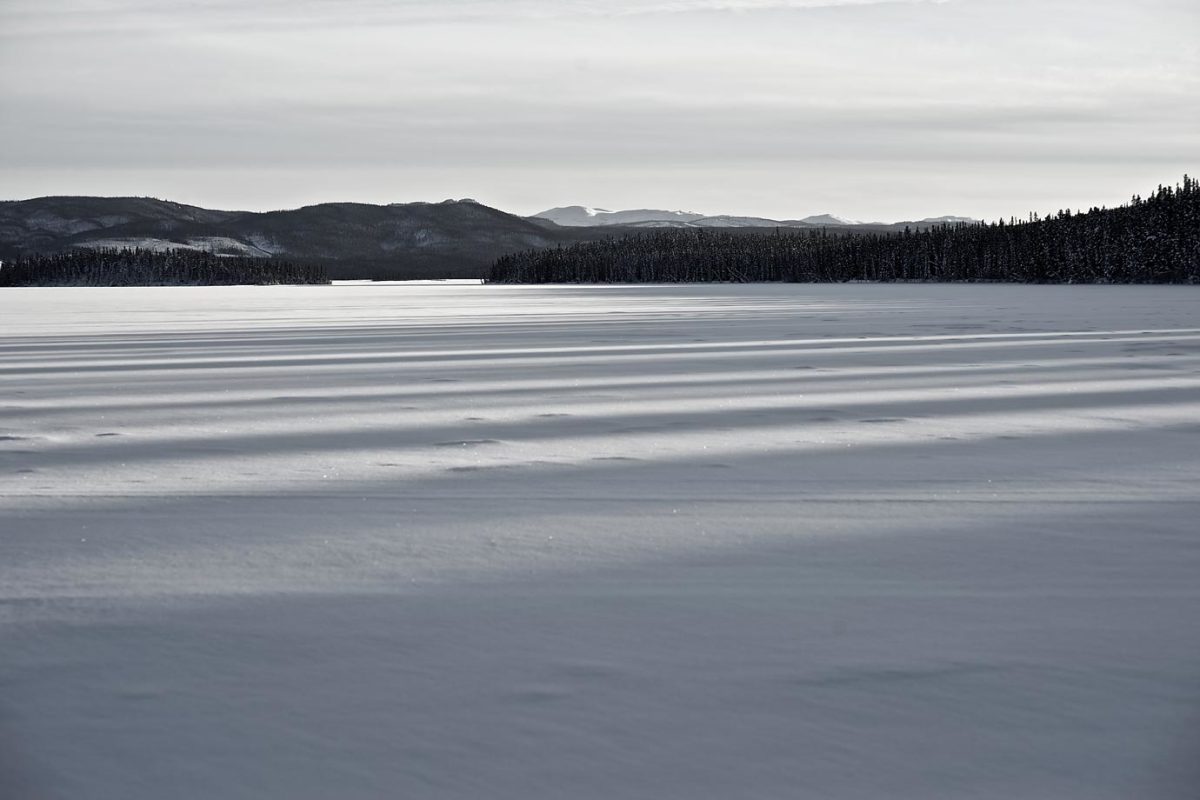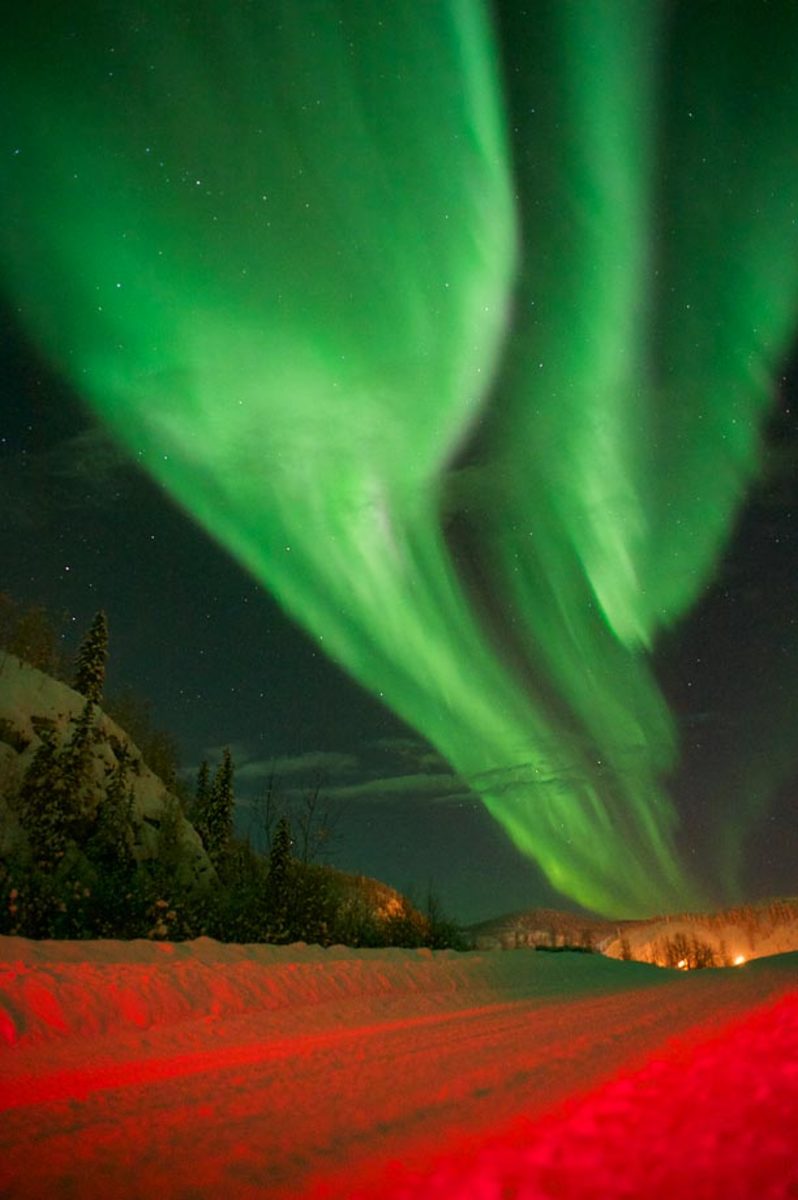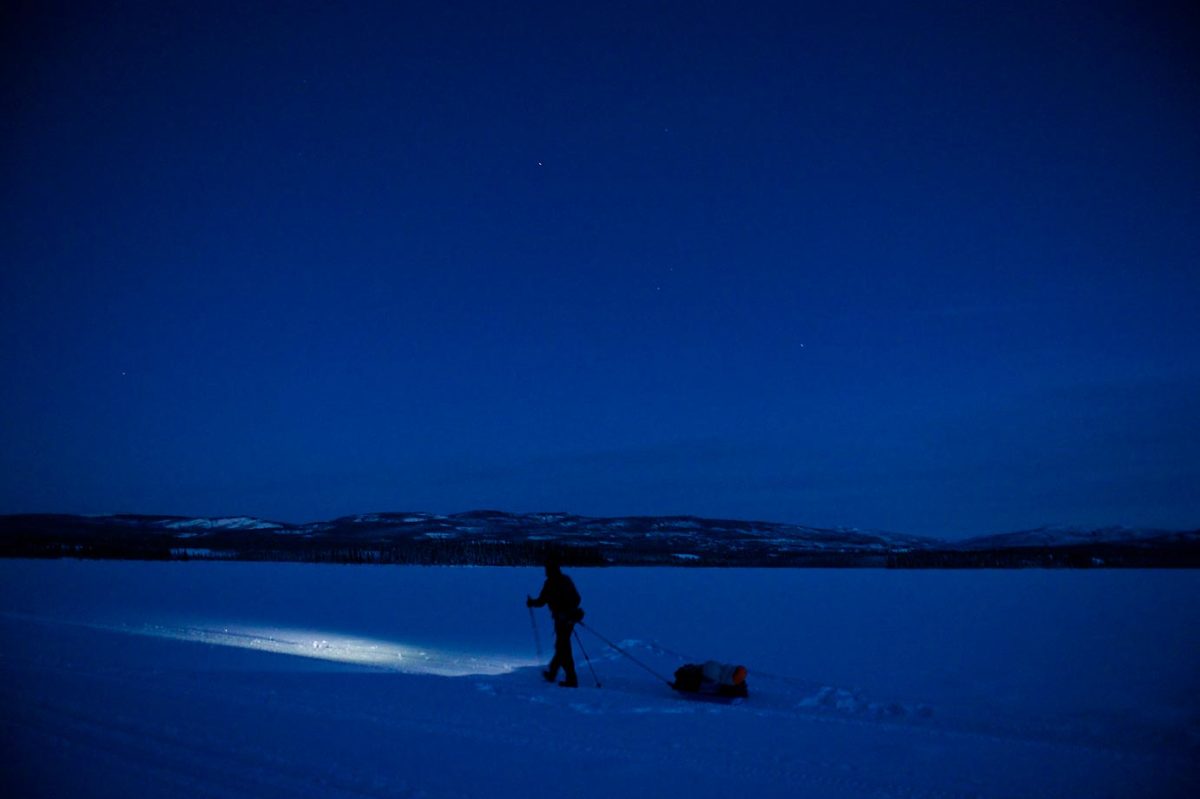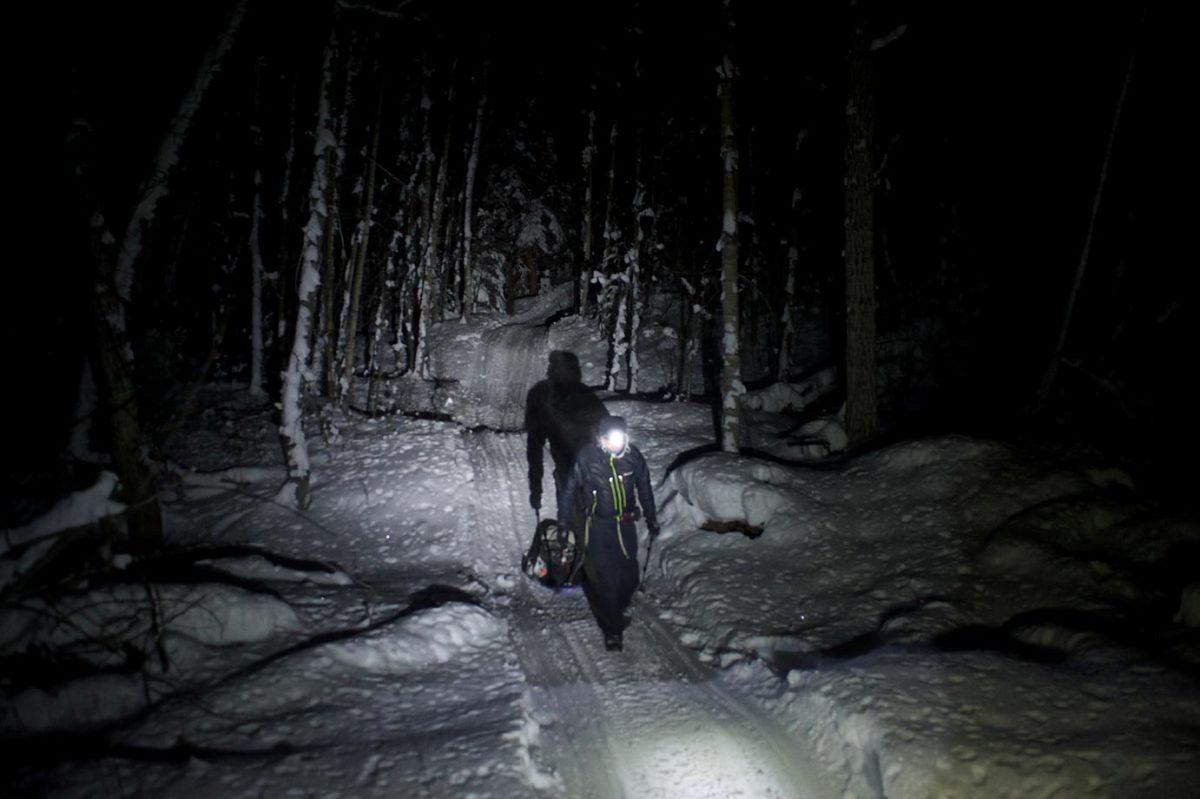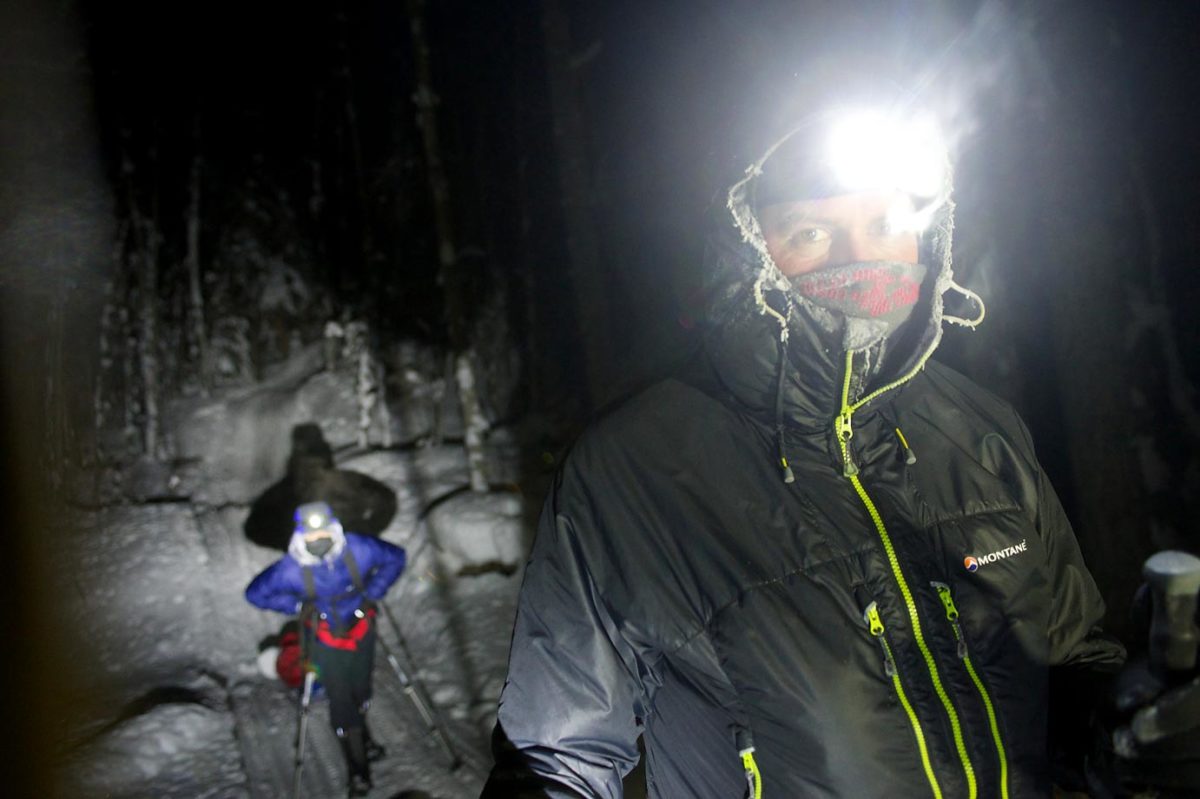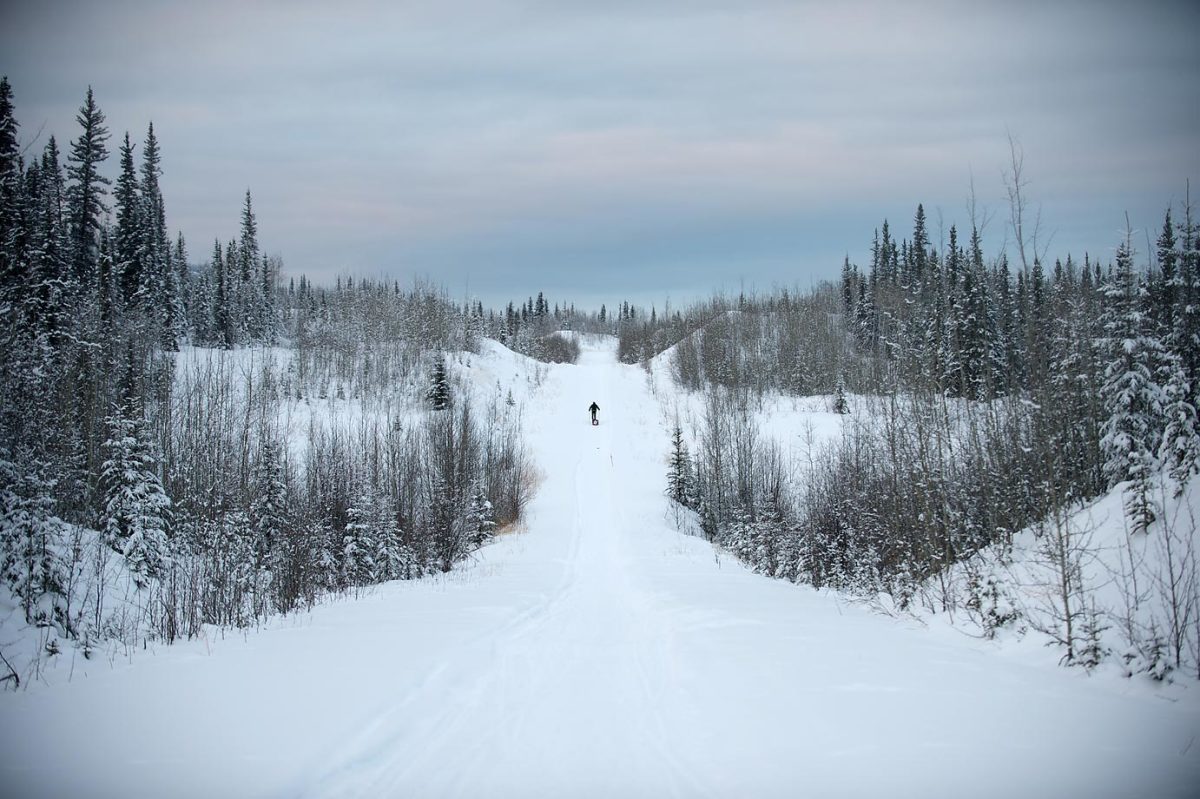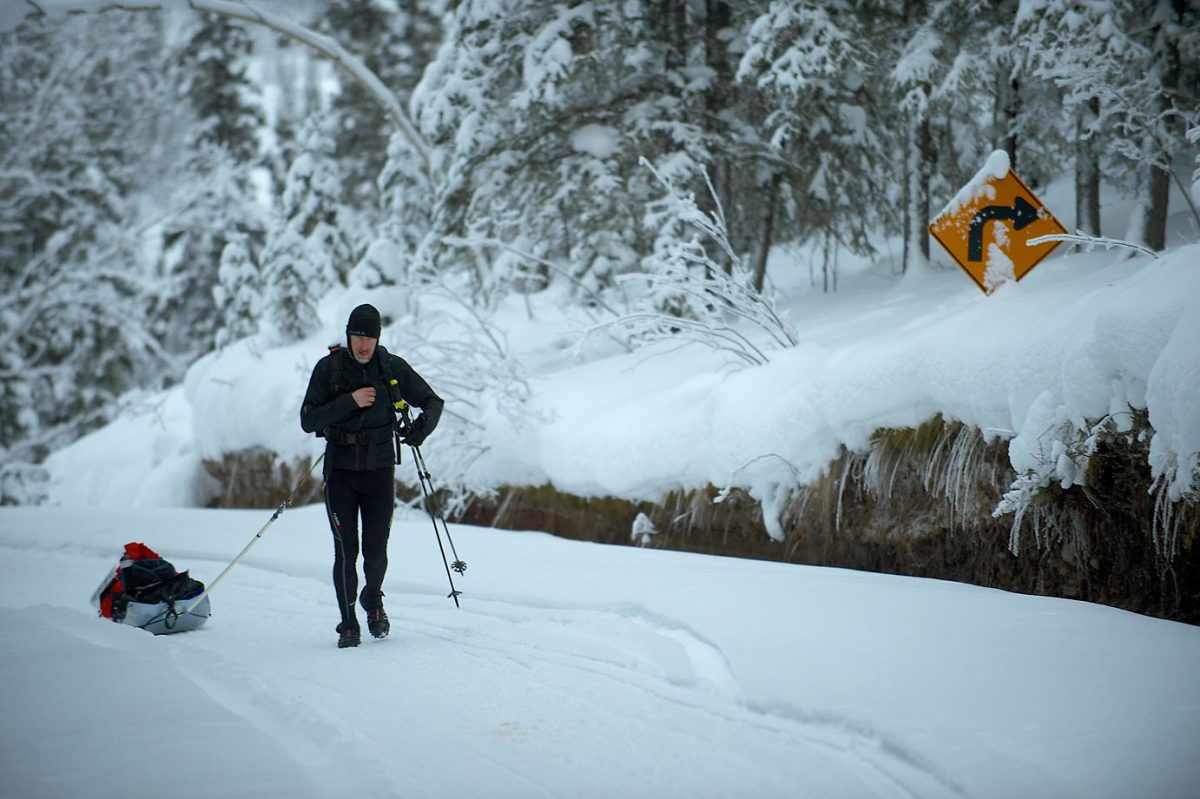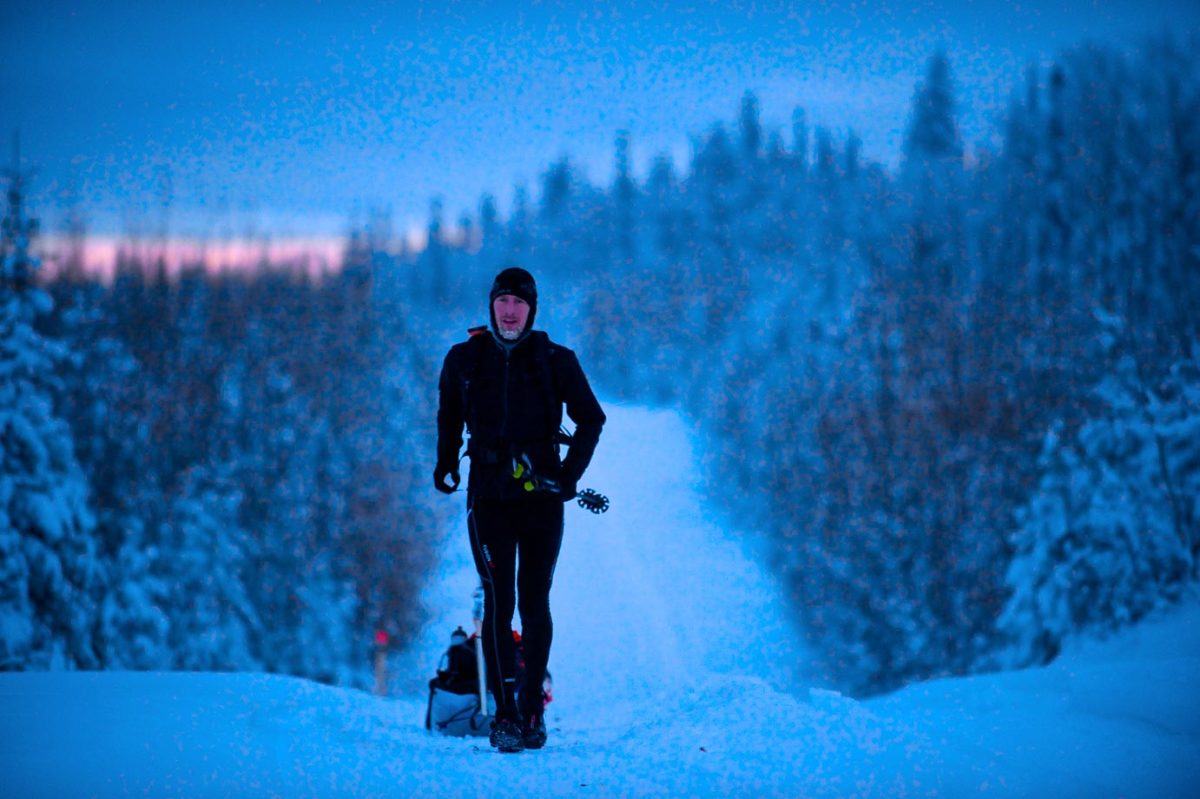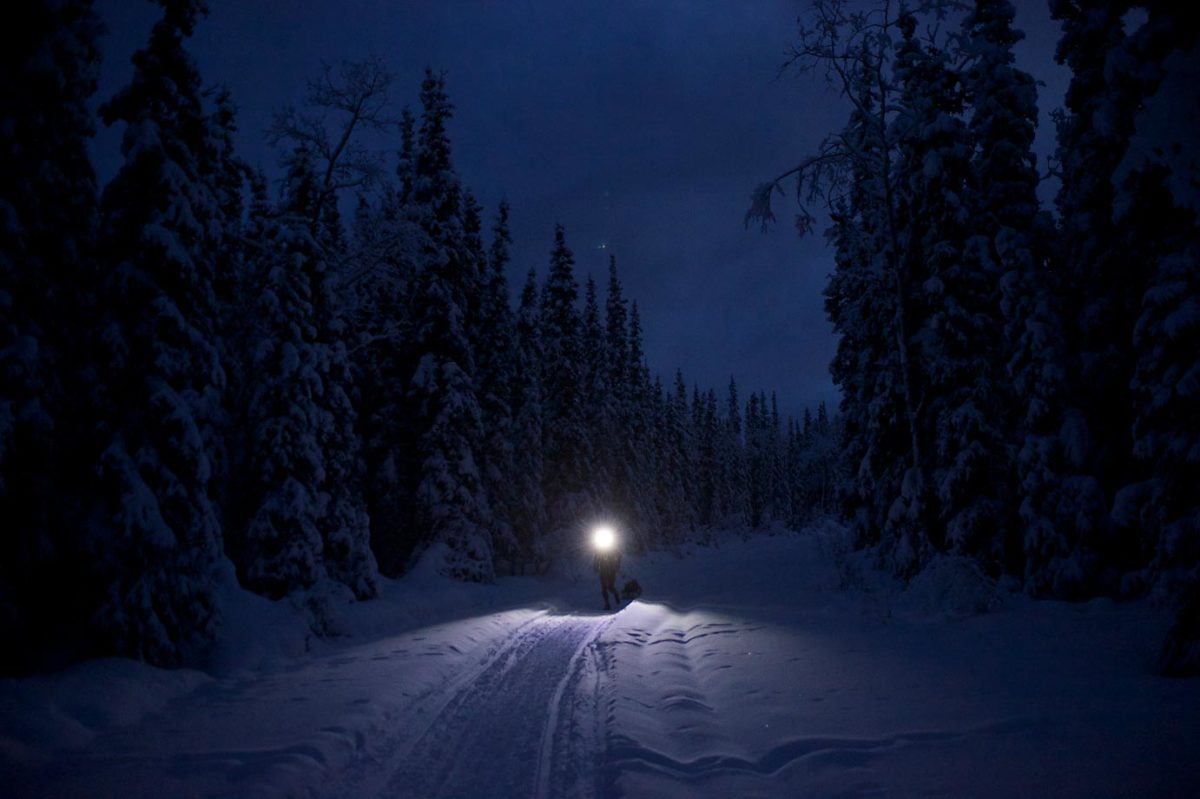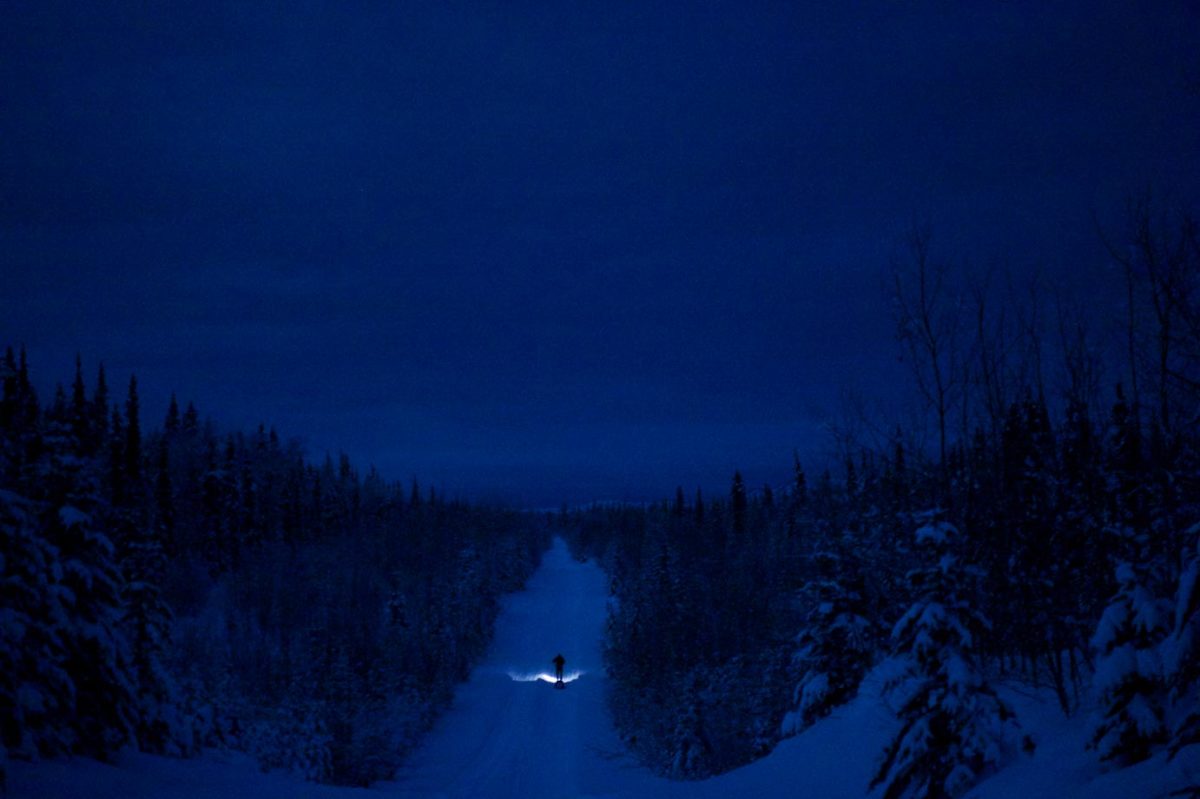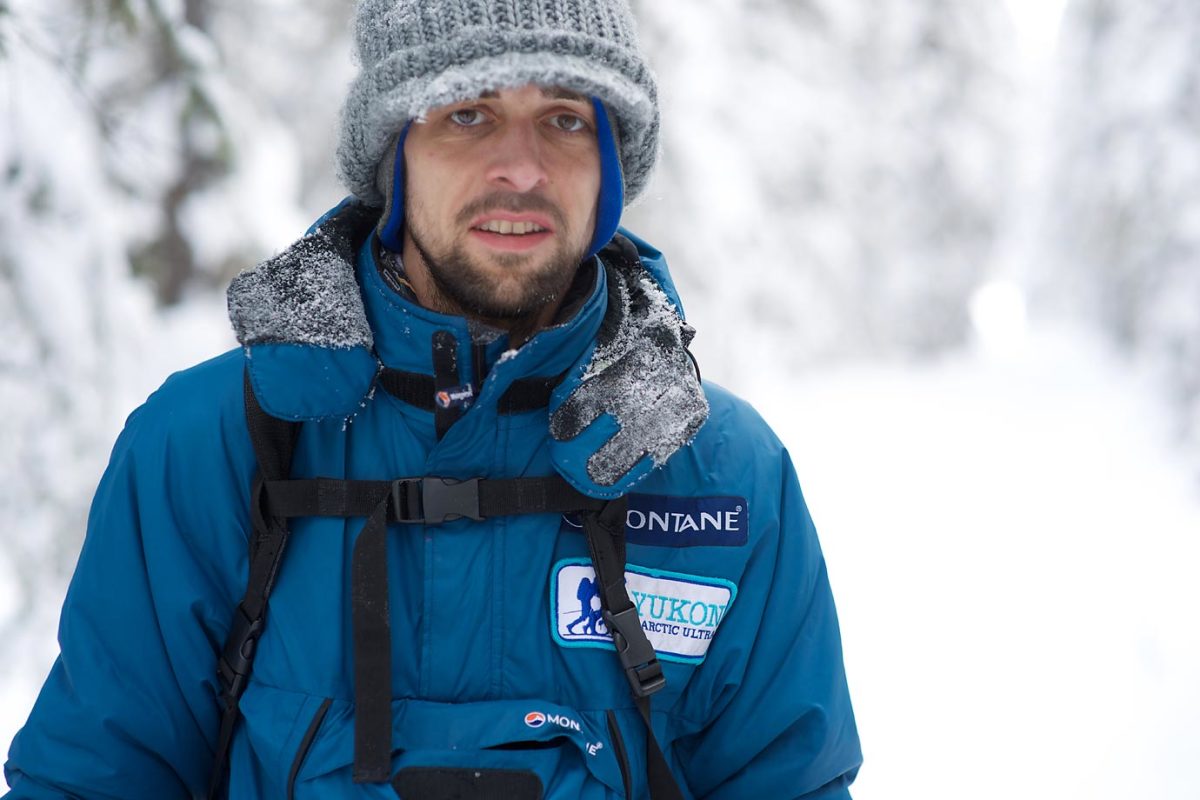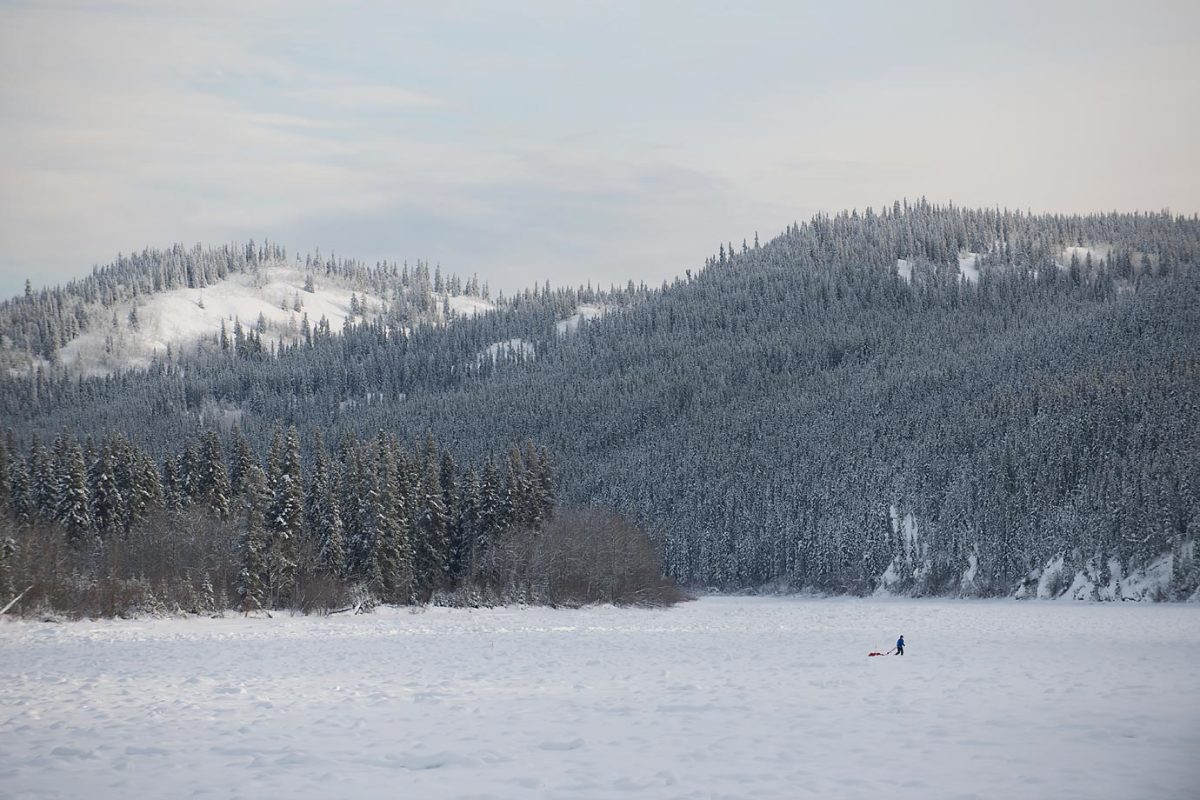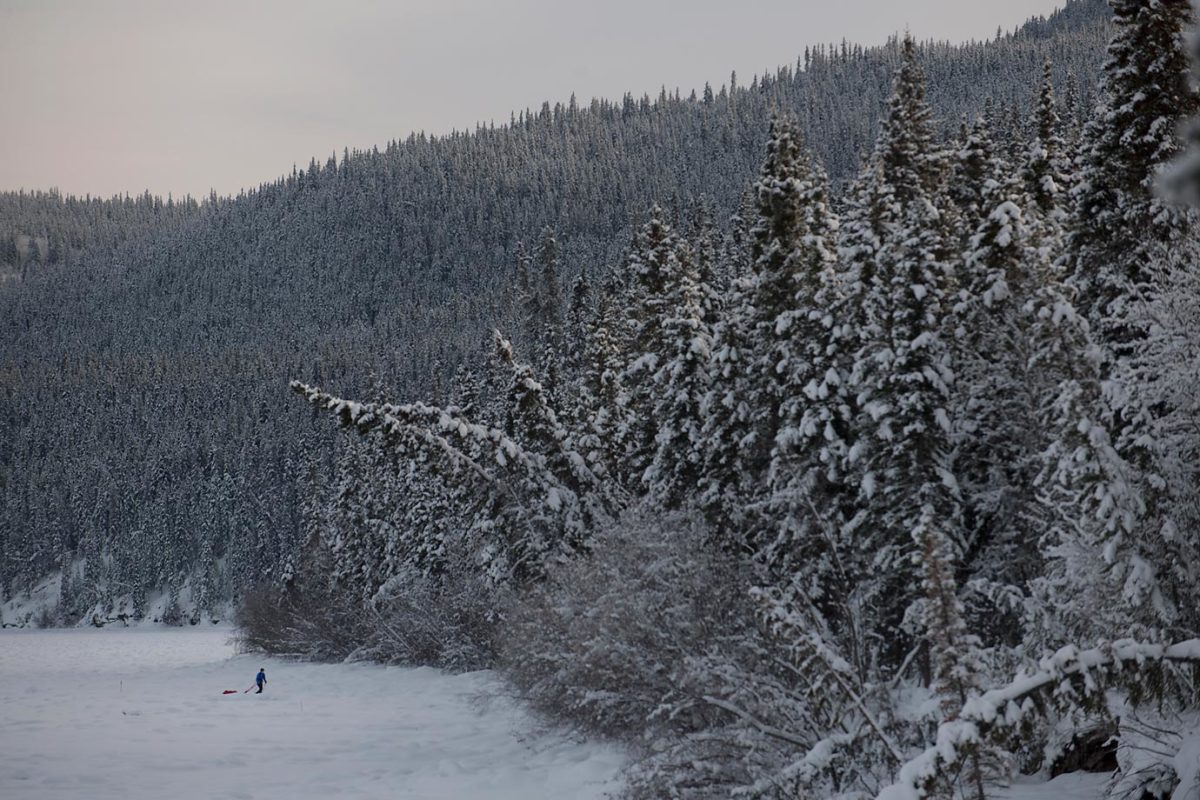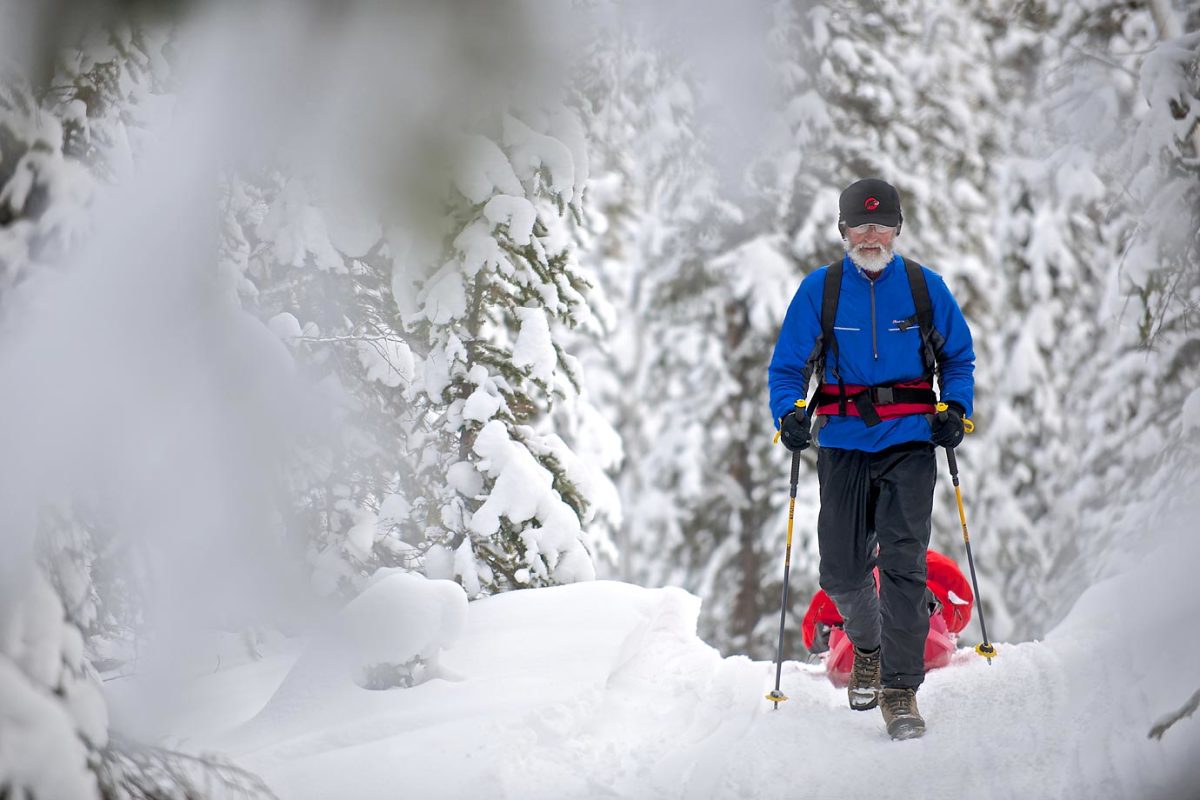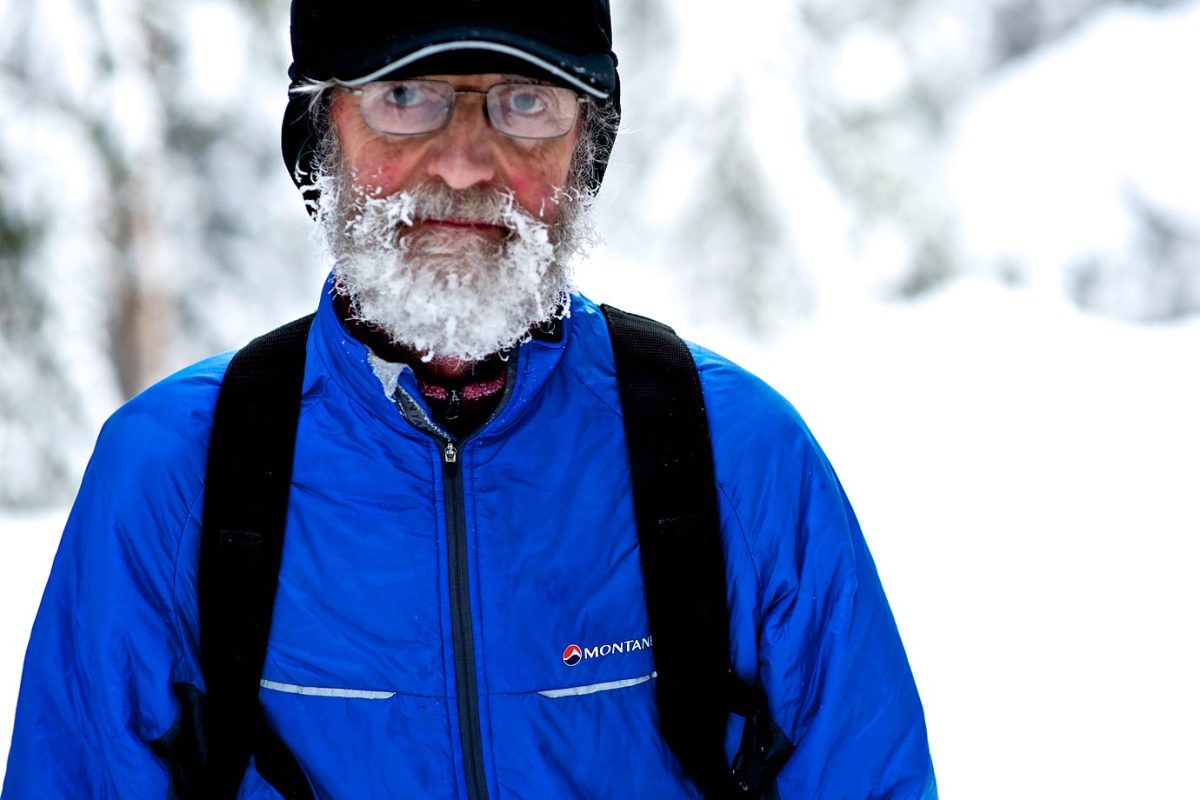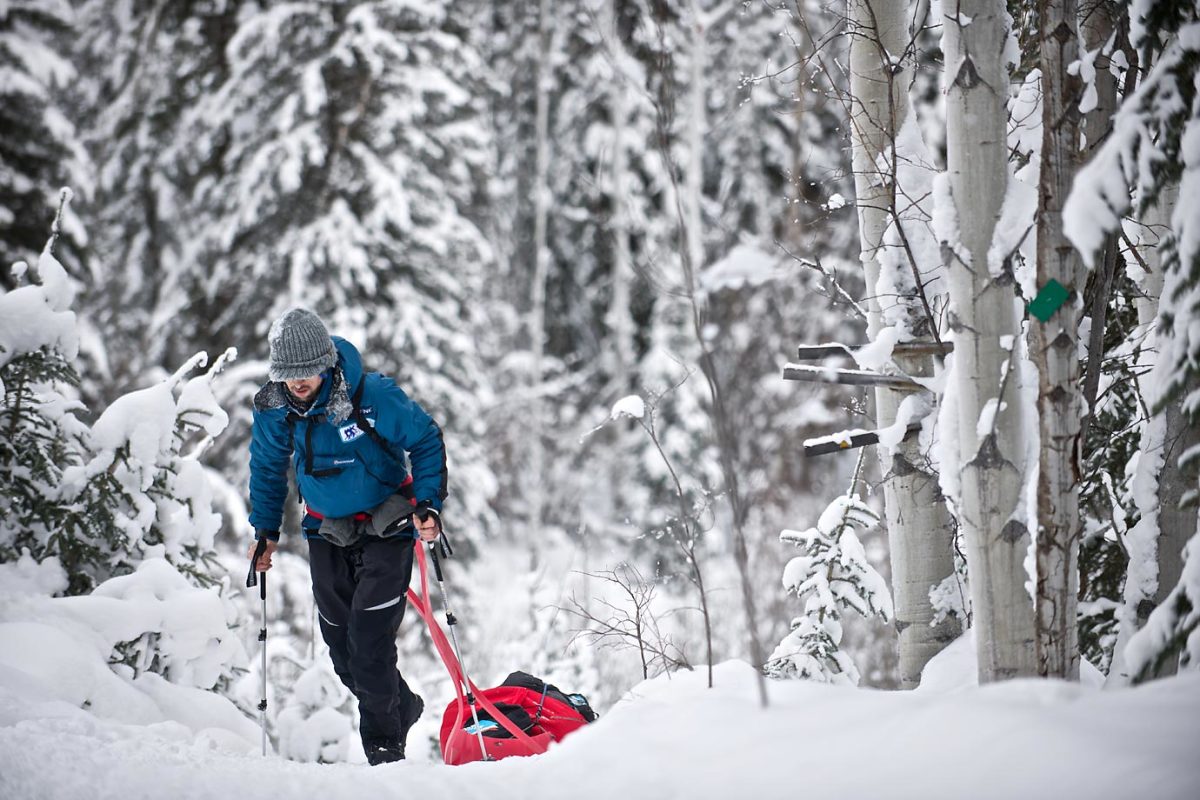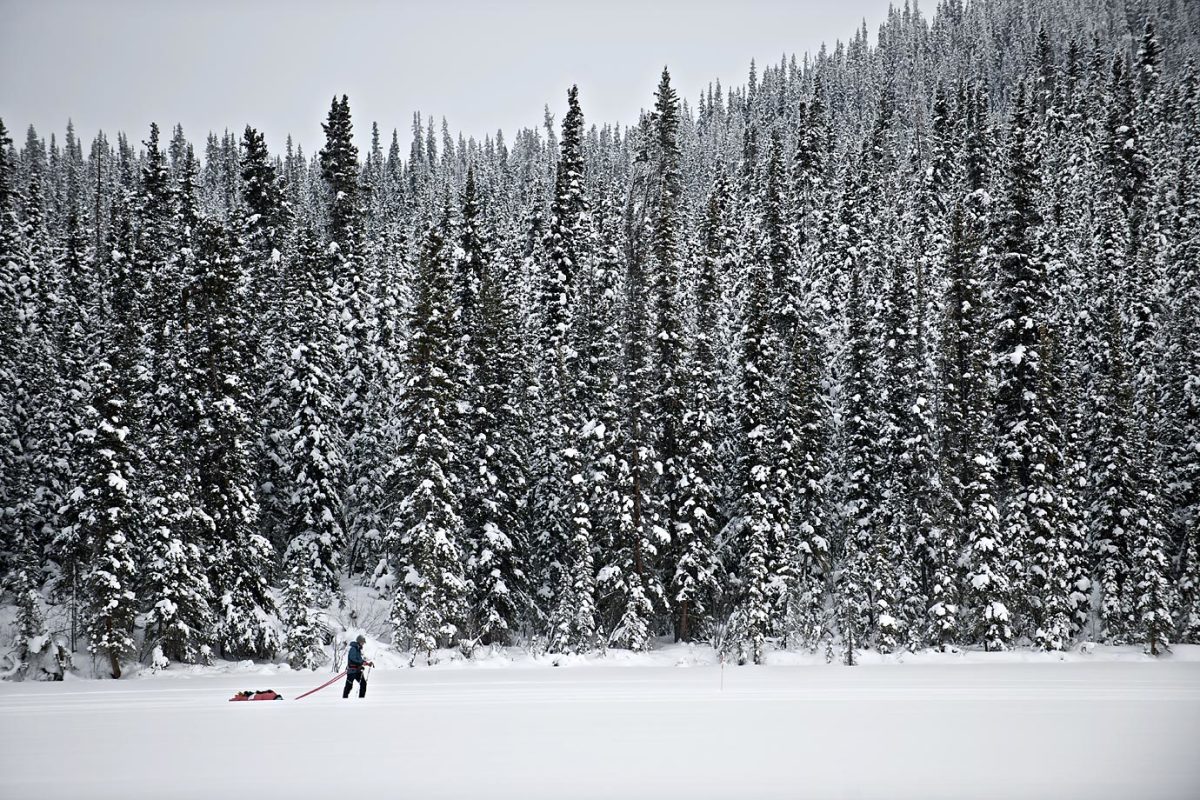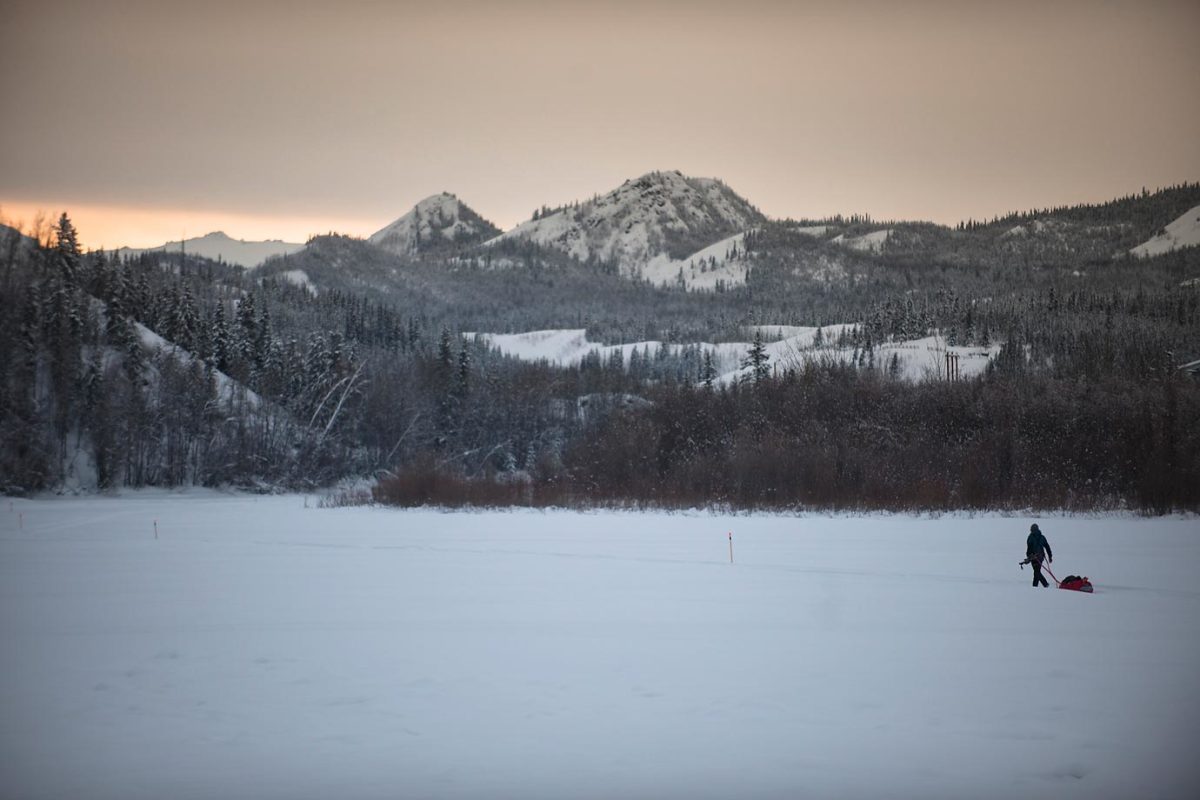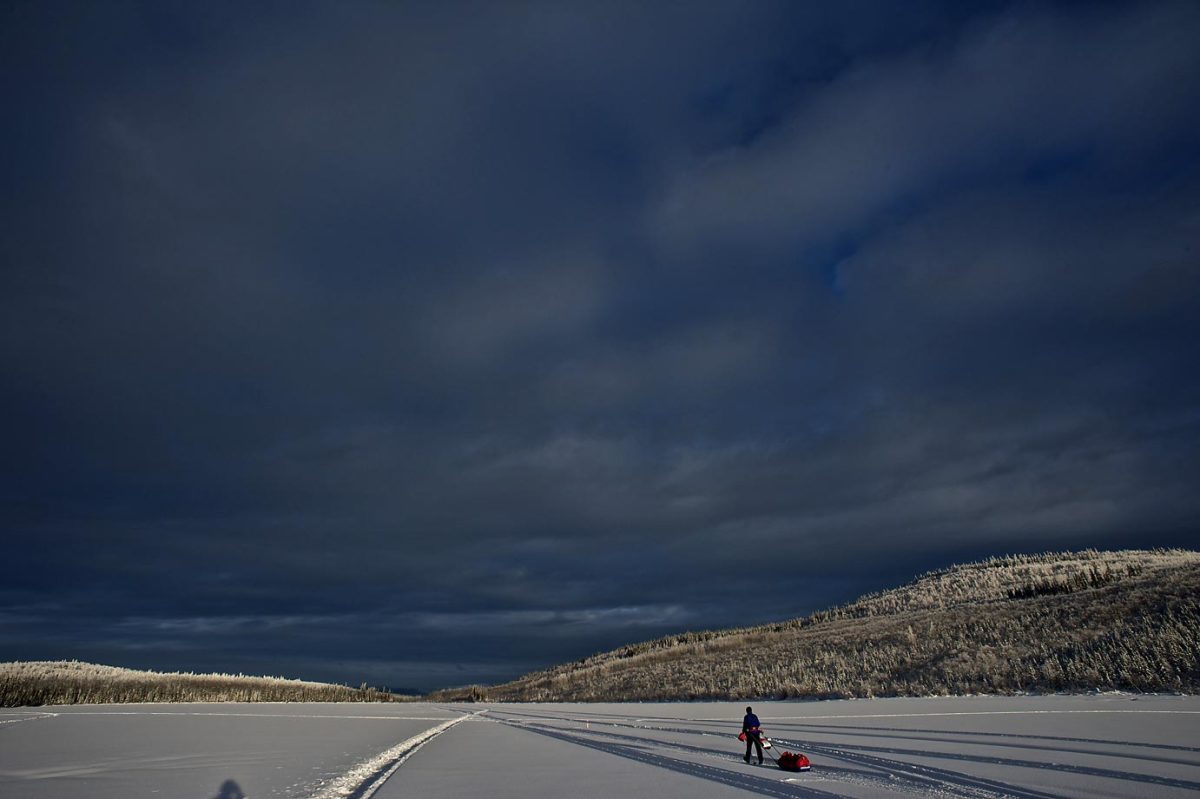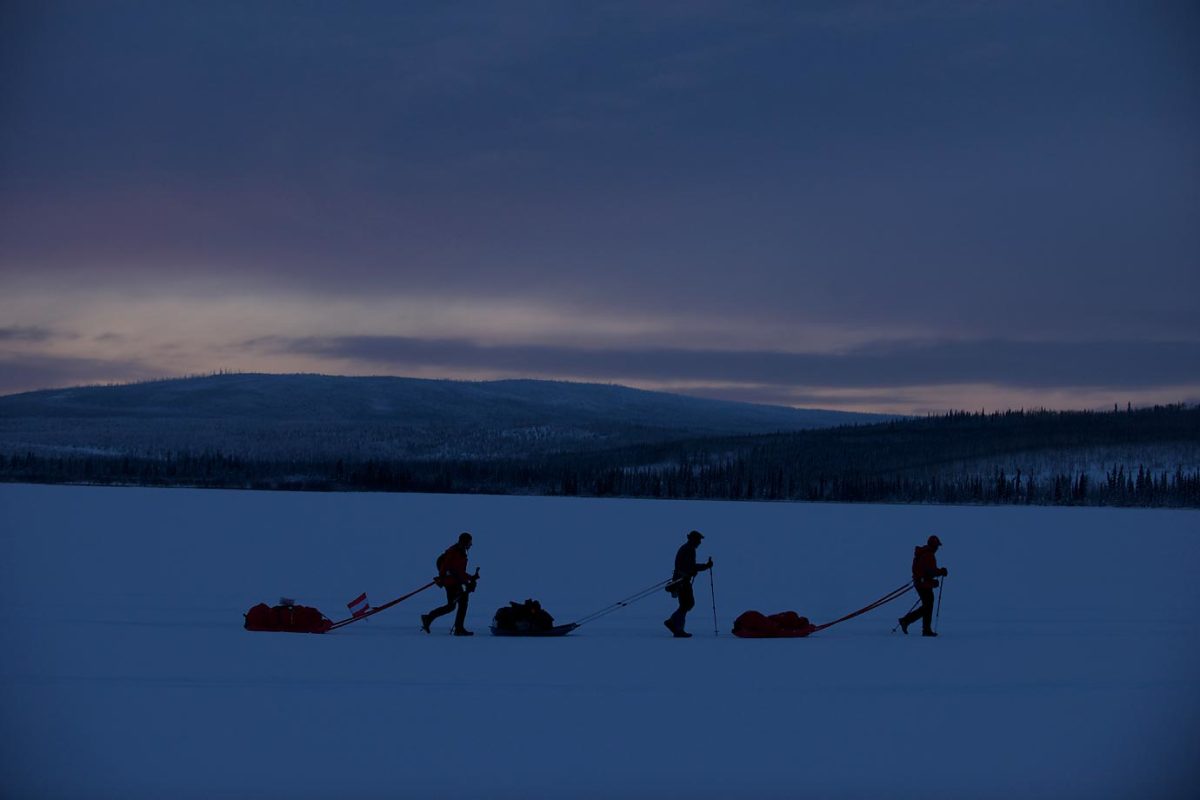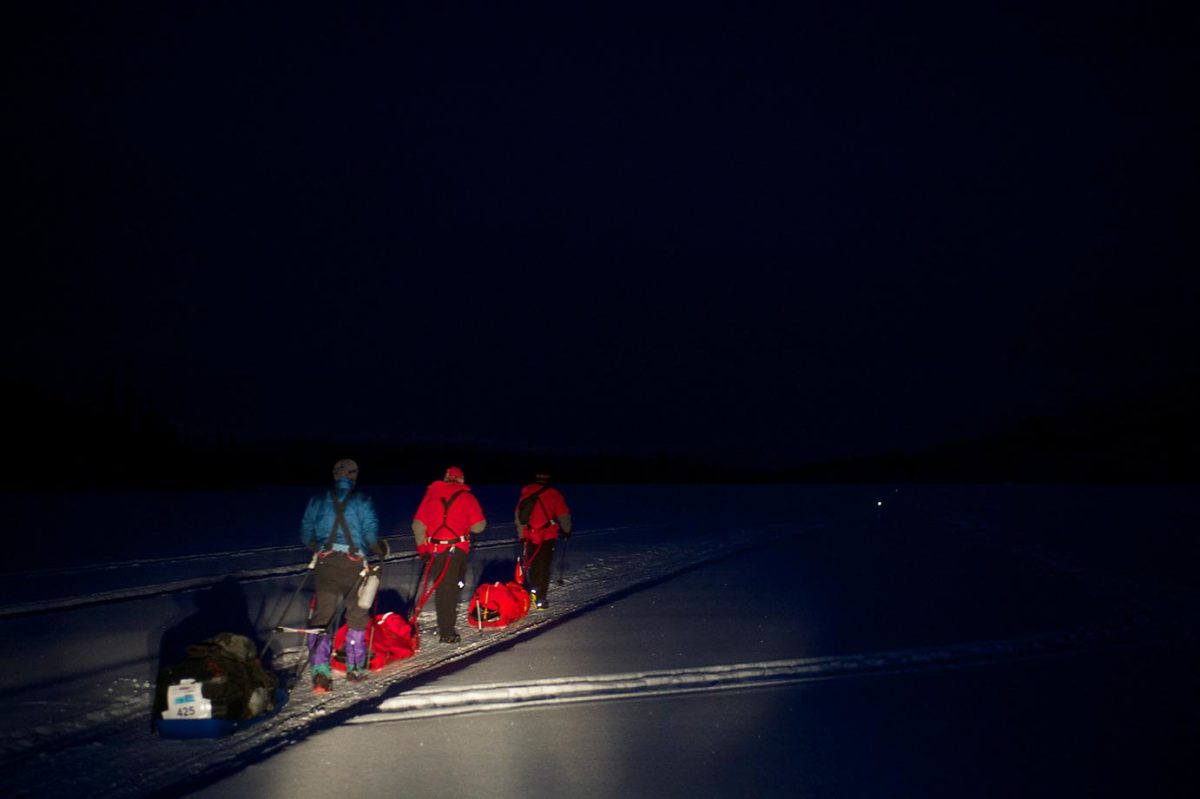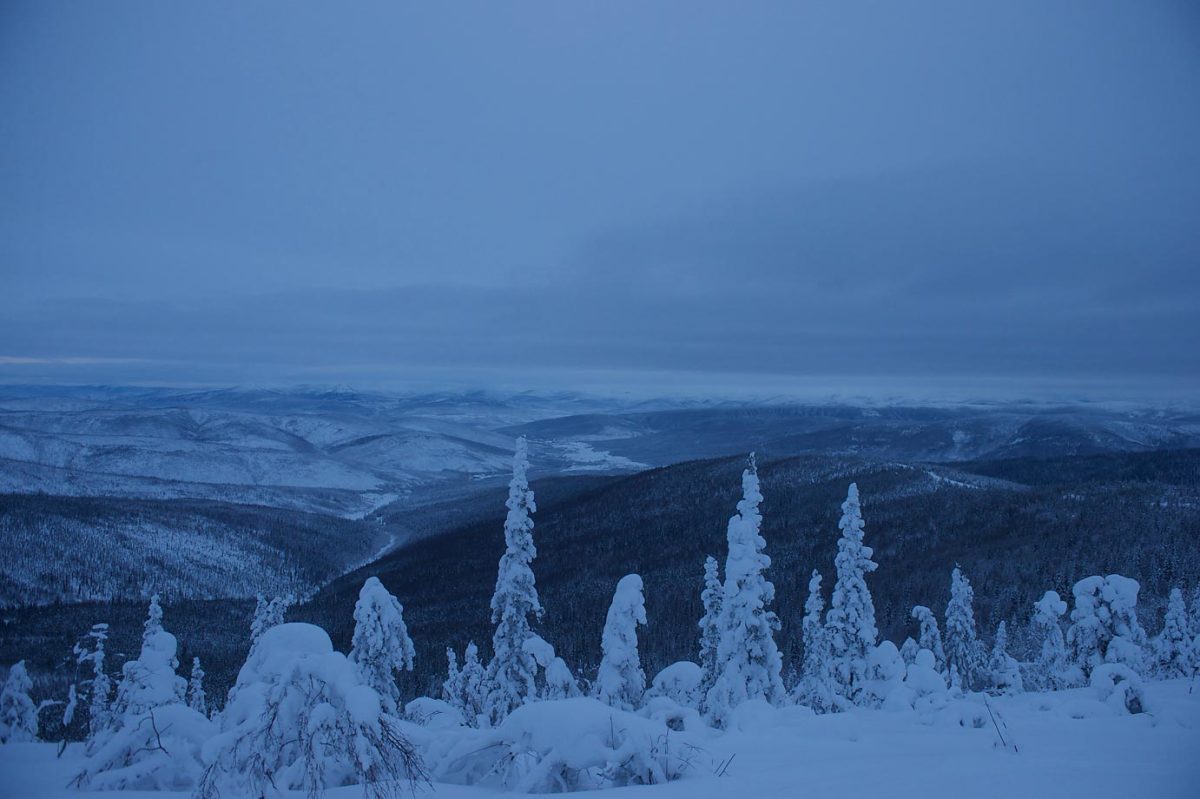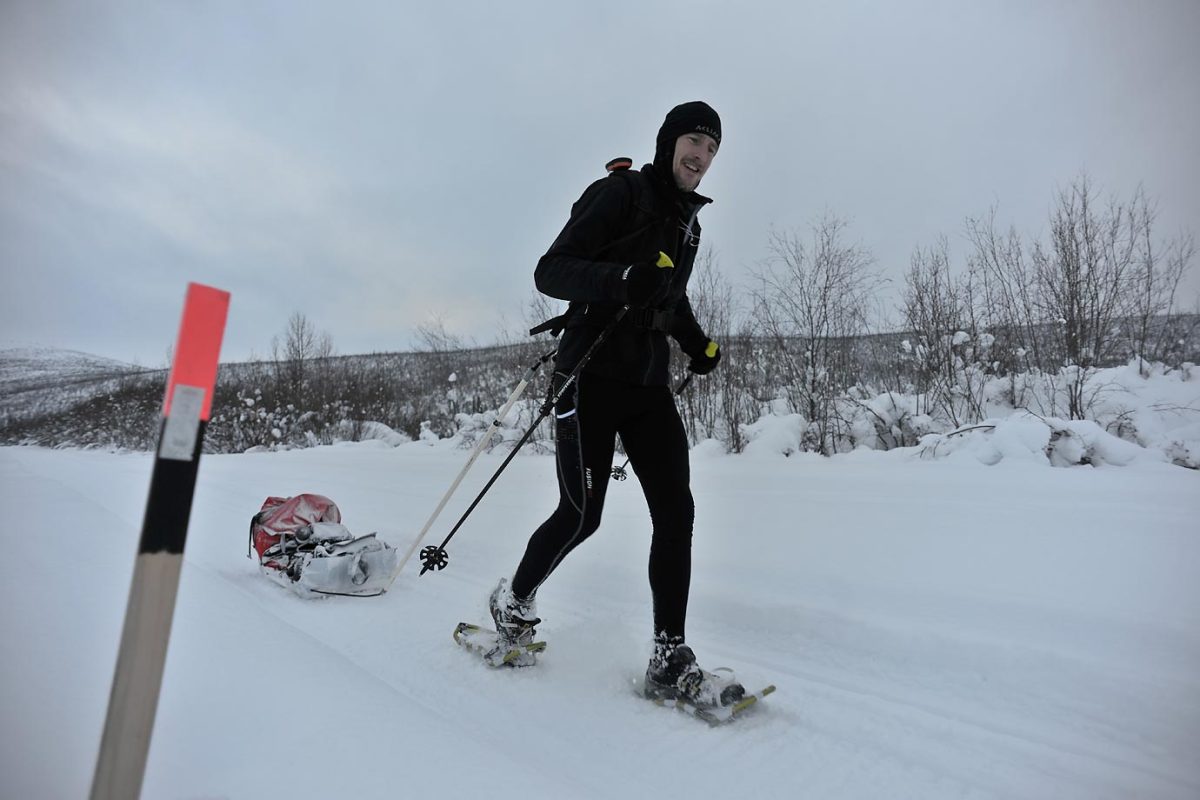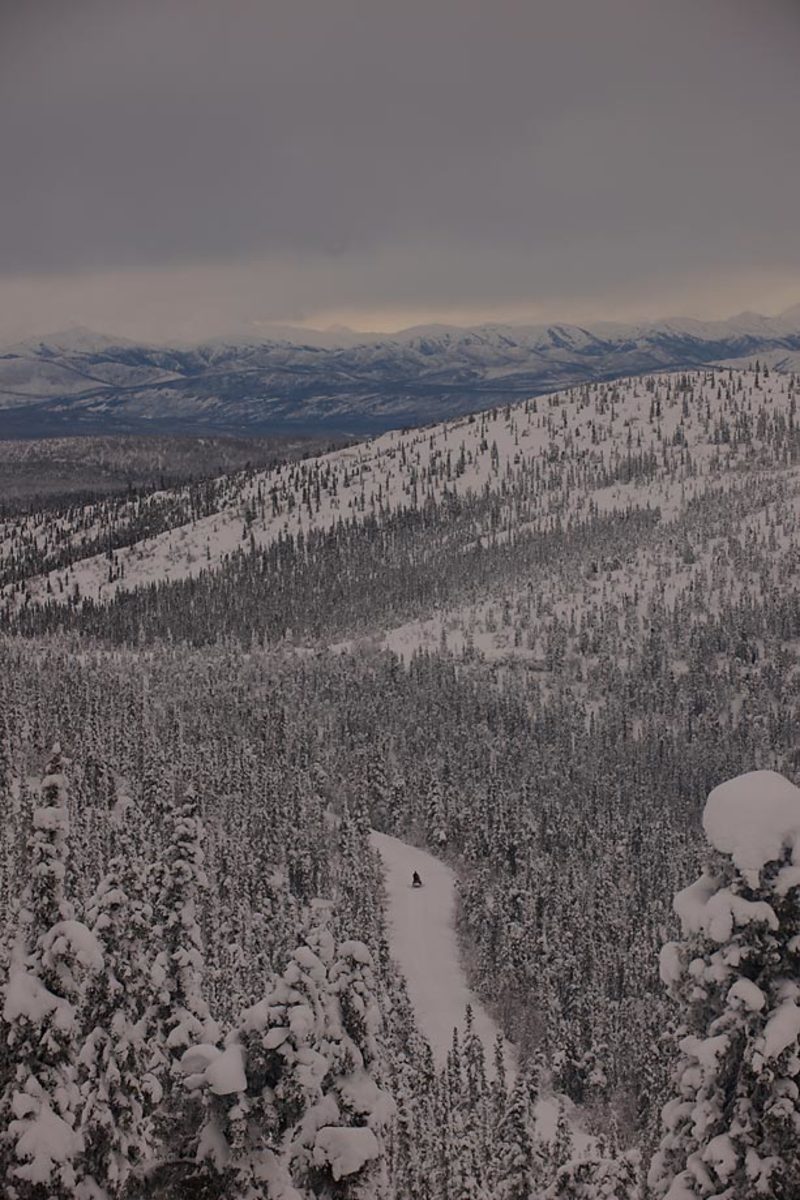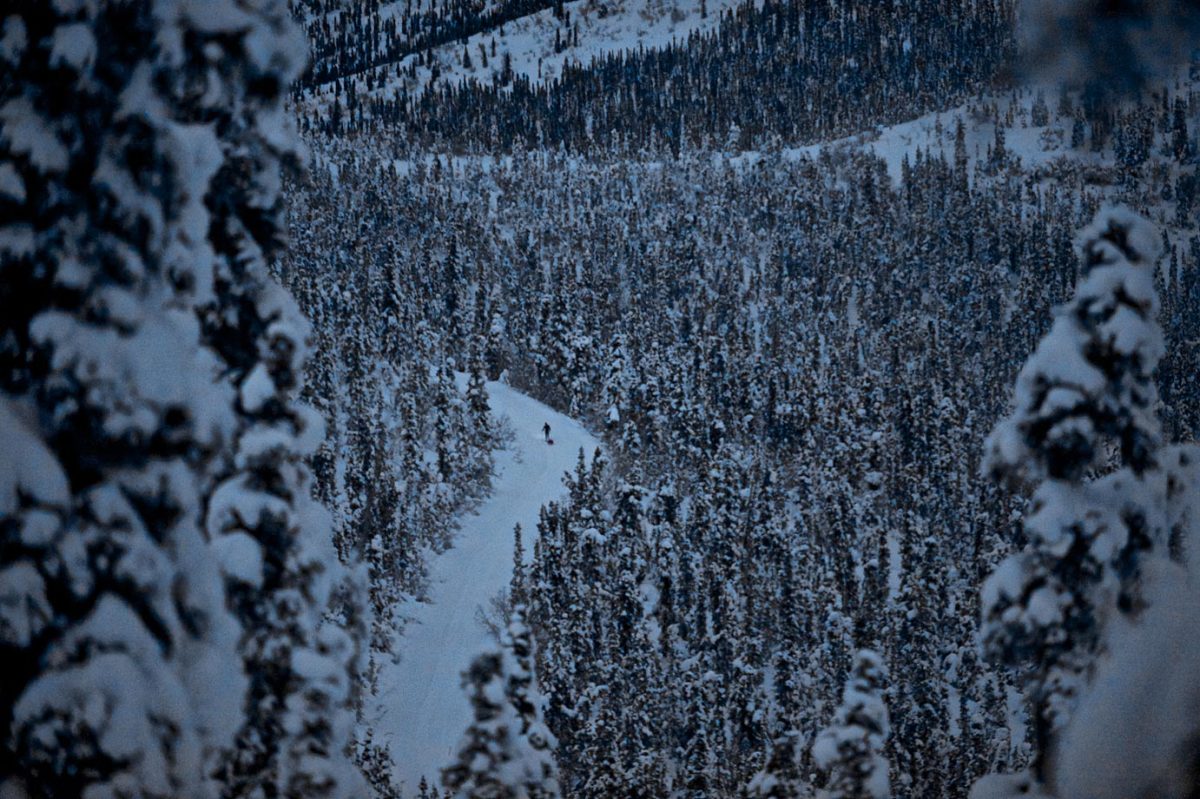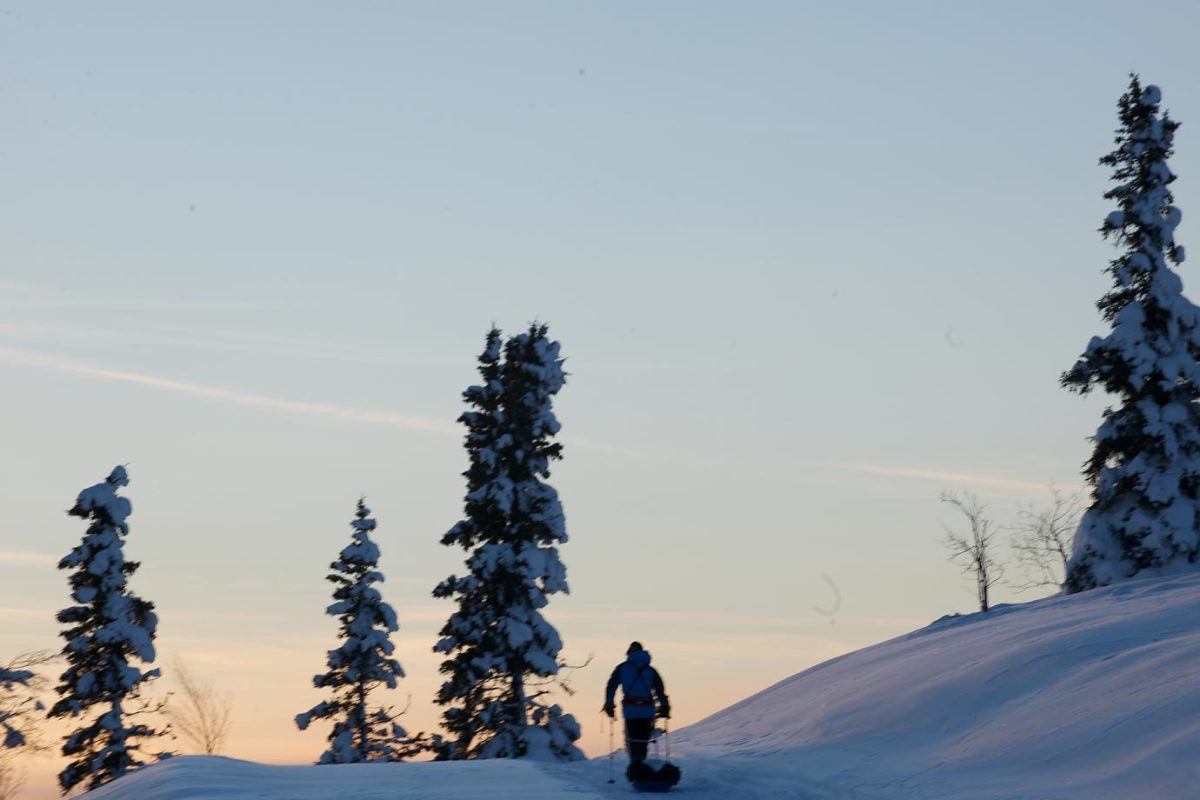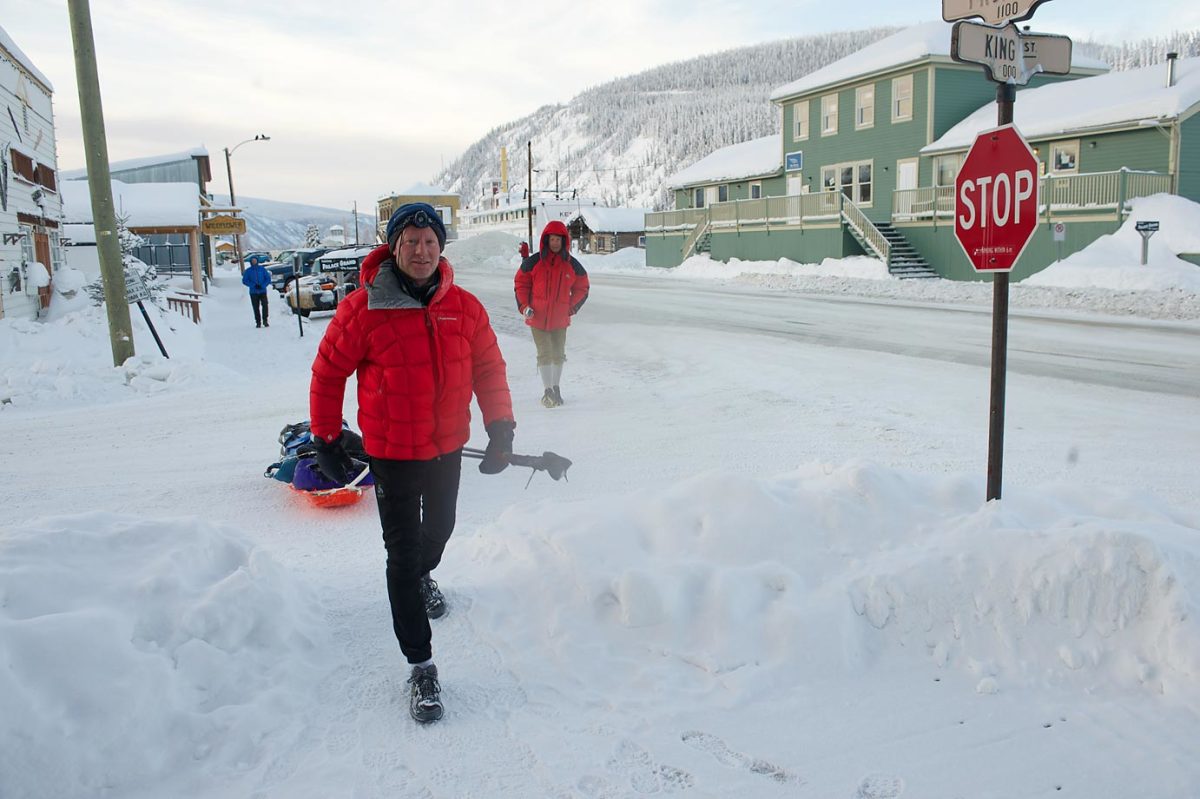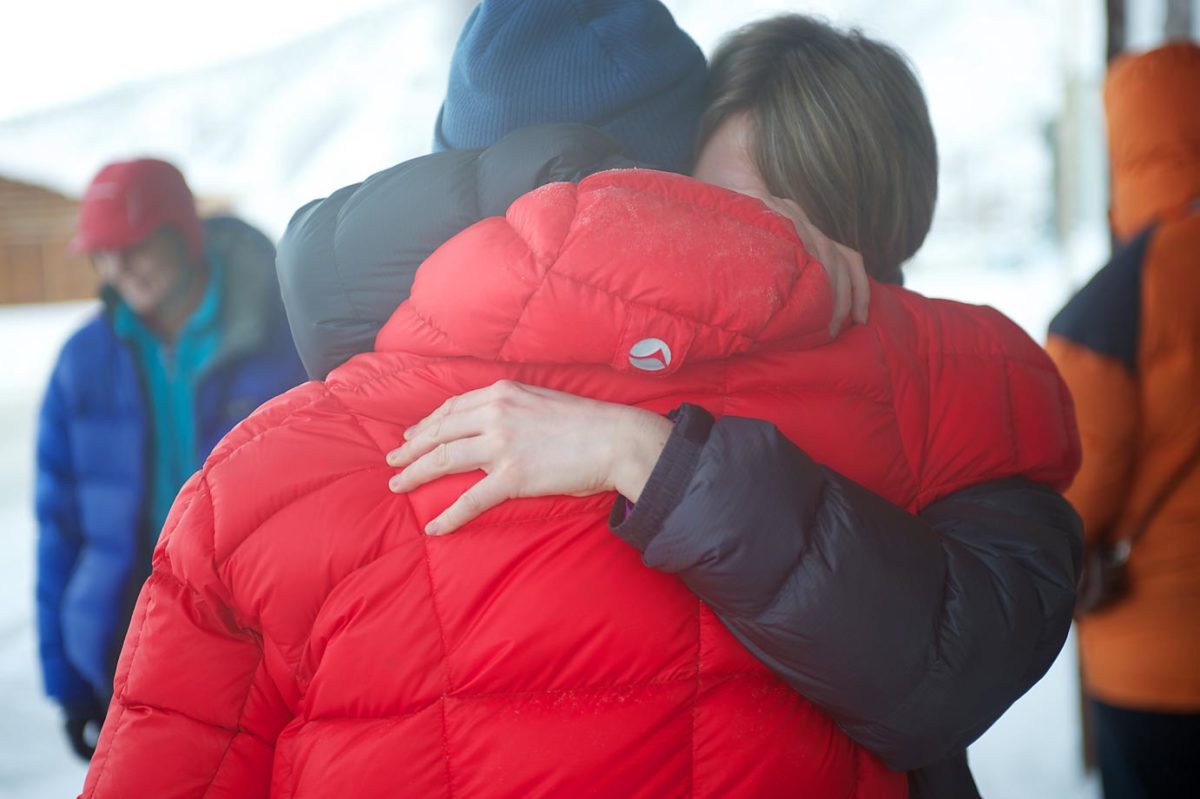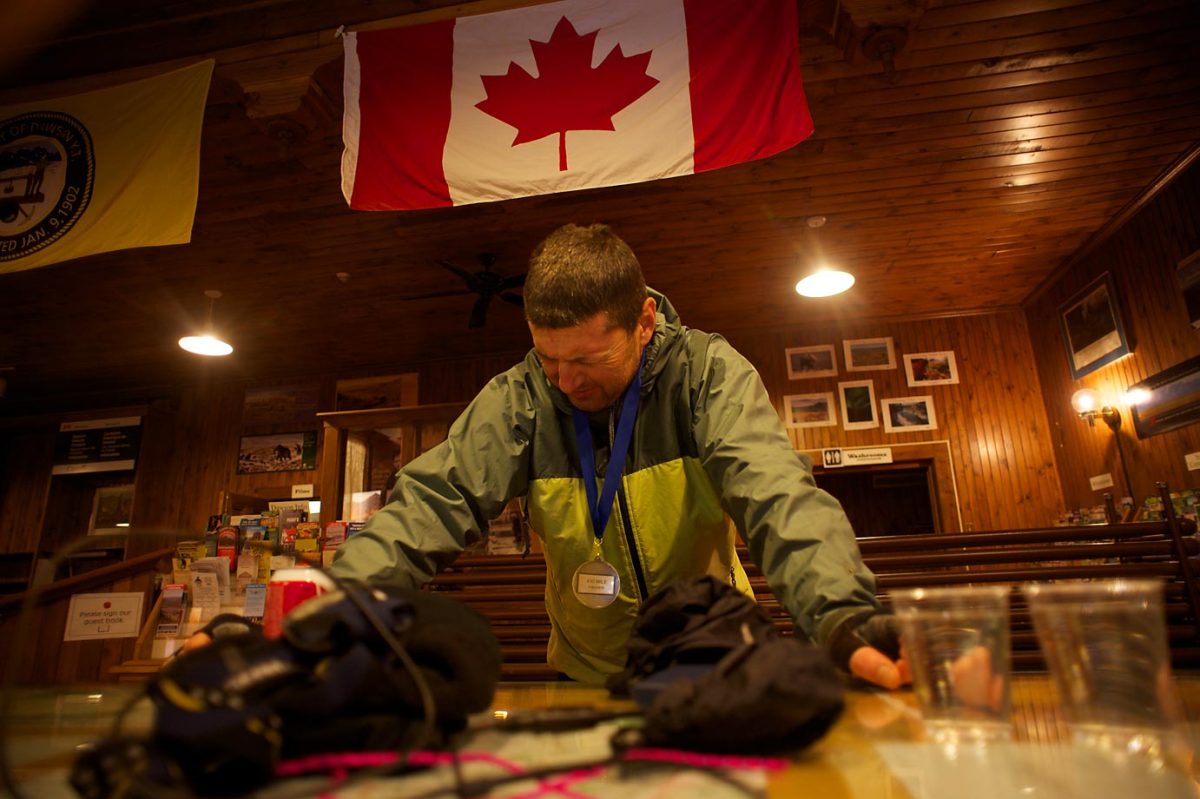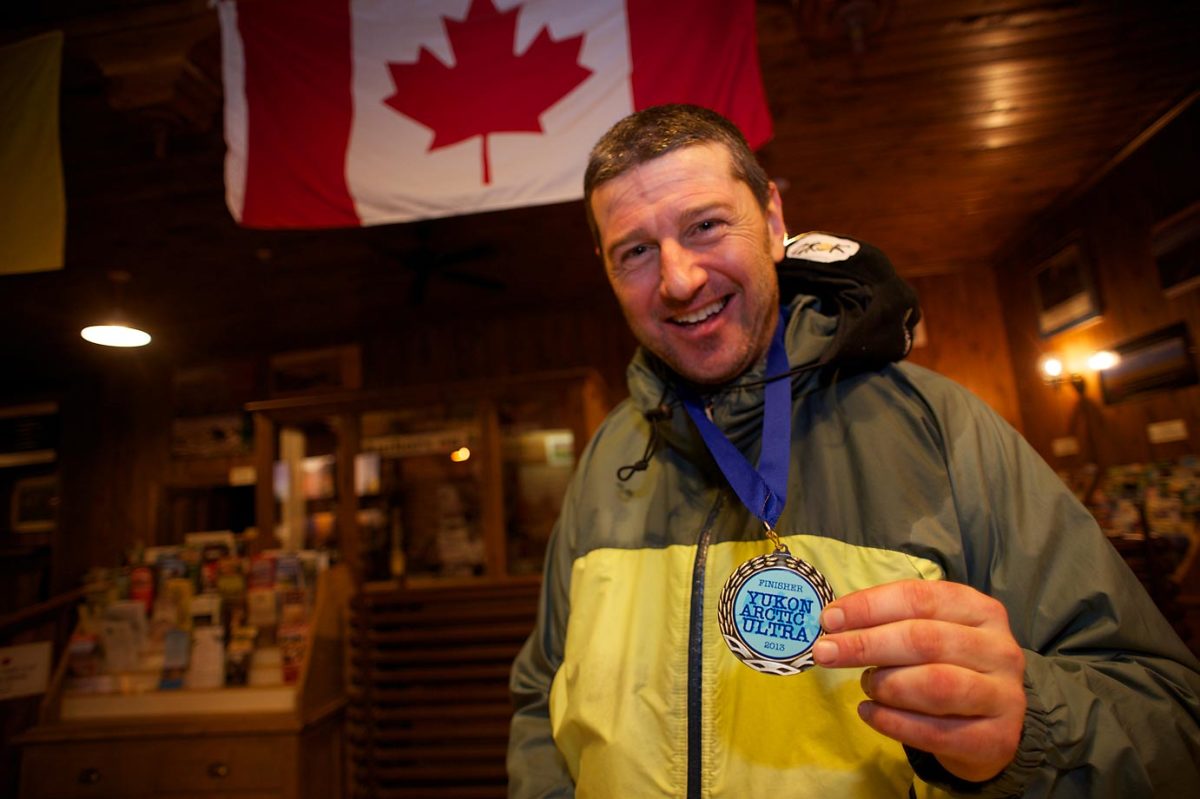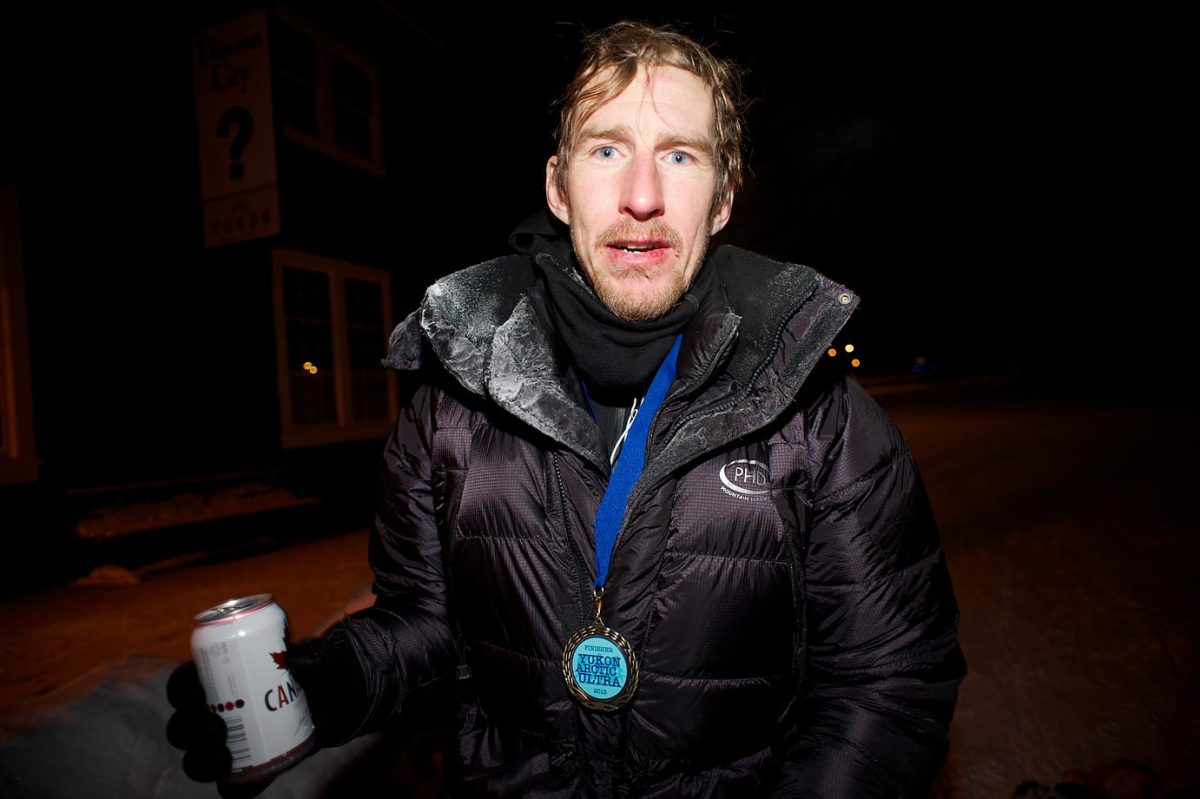Into the Wild: Fighting the trail, the cold and 430 miles of solitude

Diane Van Deren has known pain.
During her 15 years as an ultra runner she has completed the Hard Rock 100—perhaps the world’s most challenging 100-mile foot race, with its total elevation change of 33,000 feet—seven times. She has run 250 miles on the Iditarod trail ... with a fractured ankle. She also had a partial right temporal lobectomy in 1997 that removed a portion of her brain the size of golf ball to stop her epileptic seizures.
Yet those trials couldn’t fully prepare Van Deren for her most grueling test. It was early February 2008 in Canada’s Yukon Territory. The temperature hovered around -50 degrees Celsius. Van Deren, then 48, had been running for seven days and hadn’t slept in 40 hours. Her feet were covered in blisters and bleeding. Her shins were bruised and swollen from breaking through the ice. She was “trashed.” She was cold. She was alone. All she could hear was the whoosh….whoosh of the wind and the 50-pound sled she was dragging across the frozen tundra.
Then she heard someone say “Howdy.” By the side of the trail she saw a cowboy with spurs, blue jeans and a bandana. He looked like John Wayne.
“Howdy,” he said again with a tip of his oversized hat.
Can this be real? Van Deren thought.
No. She was hallucinating.
“It was brutal,” Van Deren says of the experience. “And that’s a huge understatement.”
But she had signed up for it.
***
It is the Yukon Arctic Ultra and there’s a reason why the event’s website deems it “the world’s coldest and toughest ultra.” The event consists of foot, mountain biking and cross-country skiing races that start in the city of Whitehorse, the capital of Yukon Territory, and follow the trail of the Yukon Sled Quest—a 1,000-mile international sled dog race. The distances for the Yukon Arctic range from a traditional marathon, to 100 and 300 miles. If that isn’t enough punishment, Robert Pollhammer, the event’s organizer, began offering a biennial 430-mile race in 2007.
“Good for us would be -15 or -20 [Celsius] during the day and going down to -30 at night,” Pollhammer says casually about race conditions.
Cold Sweat: What it's like to run 430 miles in the Yukon Arctic Ultra
Pollhammer doesn’t take full credit for the format of the race that seems like the epitome of schadenfreude. The 41-year-old from Germany came to Alaska in 2001 to compete in the Iditasport, a similar styled 225 mile bike, foot, ski race on the Iditarod Trail. Twenty miles into the race, Pollhammer’s legs started throbbing. Shin splints. He still finished and couldn’t wait to come back the next year. But the race dissolved, so Pollhammer decided to create his own. Why not go farther? he thought.
He has watched the YAU grow from 27 athletes for the inaugural race in 2003 to 81 in 2014. Ninety athletes will line up this Sunday in Whitehorse.
Pollhammer won’t be joining them. “A lot of the athletes would like to see me suffer with them,” he says.
Yet with the responsibility to monitor the safety of the athletes and with at least 30 miles between most checkpoints, Pollhammer faces his own endurance test.
“Bears luckily are hibernating at this time and the wolves don’t come too close. We’ve never had any run-ins,” he says. “Thankfully.”
Wildlife is just one of the many concerns for some of the athletes who shell out the equivalent of $2,500 to brave the arctic conditions.
That’s why Pollhammer—along with Shelly Gellatly, the YAU North American Advisor who has participated in the race seven times—checks every athlete’s equipment and holds a two-day mandatory training course for first time racers.
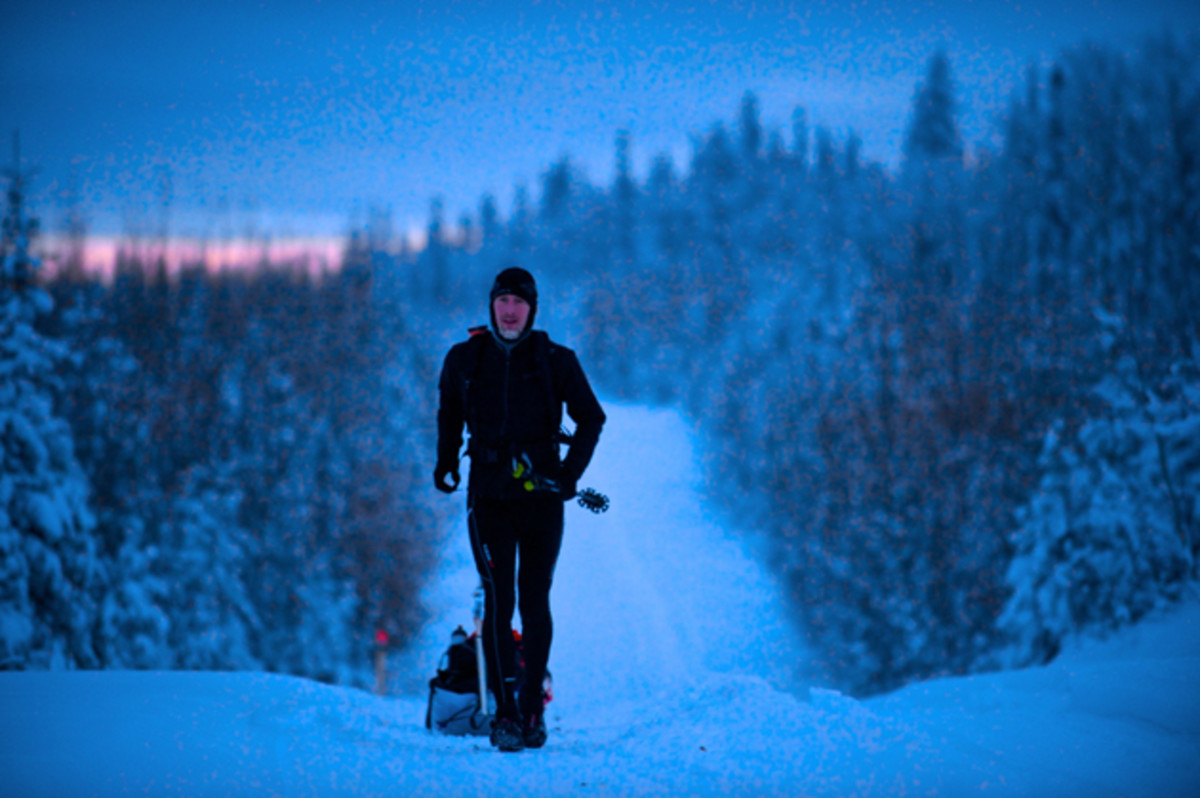
They make sure each athlete can start a fire and light his or her stove. They also talk about first-aid, about how much food to bring (Gellatly’s usual stash features bacon, macadamia nuts, Gummi Bears and sausage), and about the required supplies list, which includes an avalanche shovel and a “small saw.”
But first they talk about fears.
Despite working with the national parks in Canada for more than 20 years, Gellatly still had her own share of nerves when she entered the inaugural 100-mile race. “I was just scared to be out there by myself,” she admits. “It’s worse when you live up here because you know what can happen.”
One thing is certain: Gellatly says it’s not a question of if something will go wrong during the race but when.
Like when Justin Miller, the winner of the 100-mile race in 2012, had the water in his Camelbak freeze. Or when Enrico Ghidoni had to pull out of the race in 2011 after he suffered third-degree frostbite on his left foot. He spent 17 days in the hospital but considers himself lucky. A few athletes have lost digits.
There’s also the mental toll. James Binks, 70, the oldest athlete in this year’s field, says he has hallucinated the past three years in the Yukon. He’ll “see things that aren’t there” and sometimes call out to trees thinking they’re people. He tends to stop once he doesn’t hear an answer.
***
“Your goal with a race like the Yukon Arctic isn’t to win,” Diane Van Deren says. “It’s to finish.”
She has done both. After 185 hours, Van Deren was the first to complete the 300-mile trek to Pelly Crossing (population 291). Eleven athletes had started the race. Two finished. Chris Hamerlinck arrived a little over four hours after Van Deren. At the time he was a soldier with the Dutch army who taught winter survival-skill courses.
Pollhammer was at the finish line to greet Van Deren. So were about 10 other spectators. Their gloves dampened the applause.
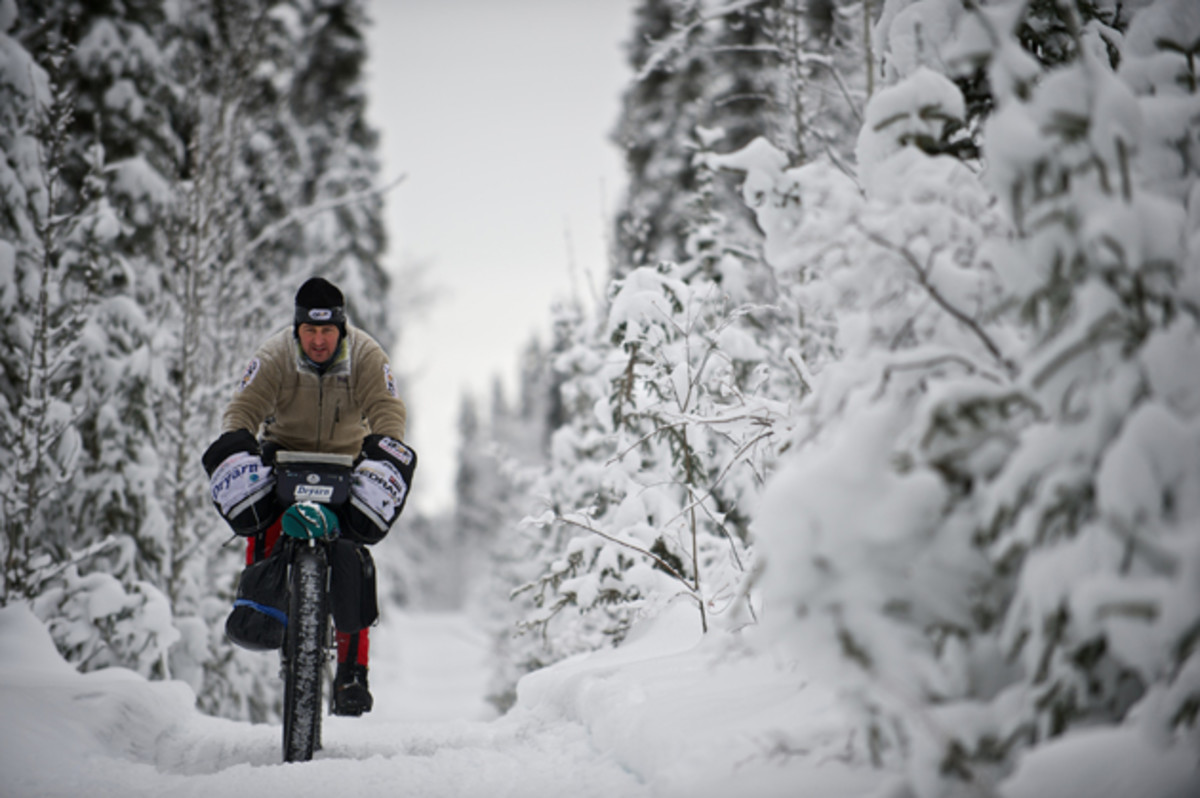
Van Deren’s first request after winning? Tylenol and a hot shower.
So what was her prize for enduring the sub-zero temperatures, for undergoing sleep deprivation and for winning the race that forced her to lose 10 pounds and crawl on the floor of her hotel room for next three days?
A T-shirt and a medal that read “Finisher.”
“That’s it,” Pollhammer says with a laugh.
***
Why would someone want to do this? Good question.
The answers, like the weather and the race’s terrain, vary.
Miller says he did it for a challenge and for the personal satisfaction of arriving at Braebrun before Pollhammer set up the finish line. Gellatly dreamed of seeing the entire Yukon trail. Binks, a retired technician from Aylesbury, England, entered the 100-mile race in 2012 because he wanted to experience the conditions Jack London wrote about in The Call of the Wild.
On Sunday, he’ll make his second attempt at the 430-mile distance, “to remind myself that I’m not too old and there’s still plenty of life in me.”
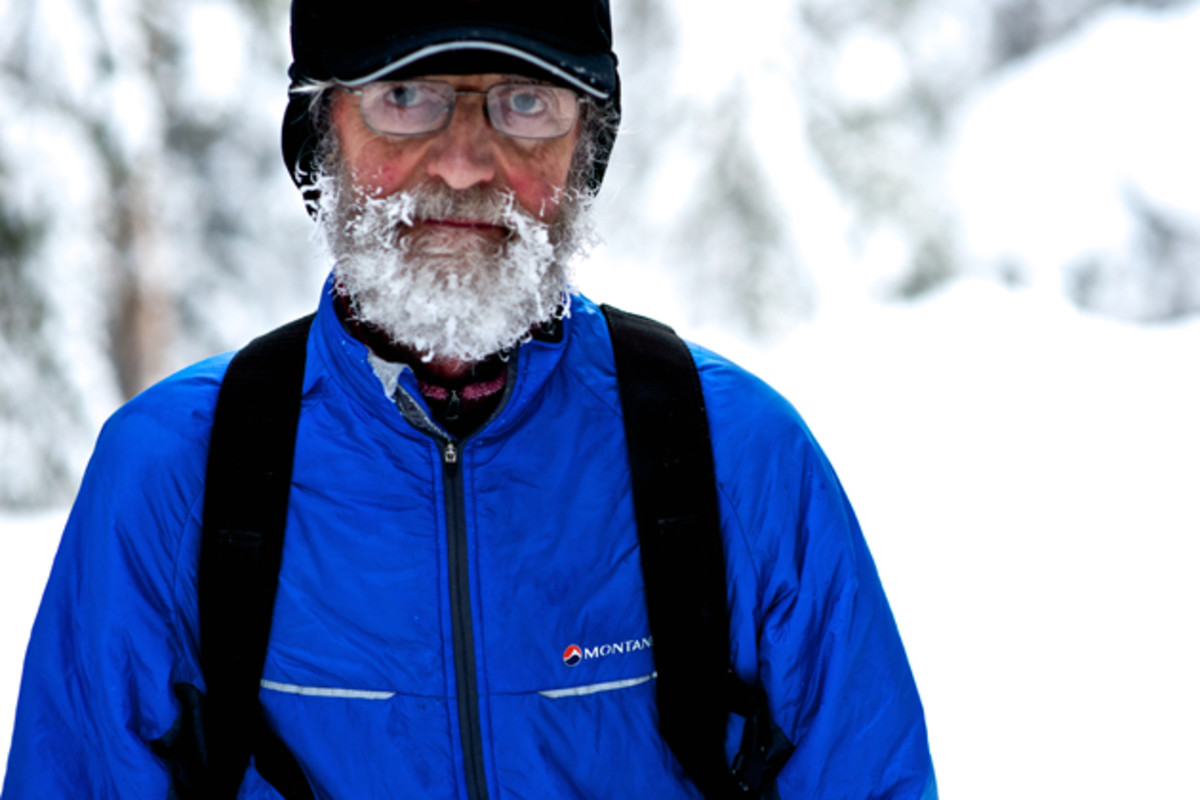
“I think we all have an explorer in us,” Pollhamer says when asked why athletes come back year after year. “Some of us, though, are more outgoing in finishing our dreams and seeing what our extreme limits are. Once you start doing something like this it becomes addicting.”
Van Deren understands that feeling. After she won and took that shower she called her manager. “Never again will I do something like that,” she said. “I’m just fortunate to have all my fingers and toes left.”
But a funny thing happened a week later. Van Deren returned home to Sedalia, Colo. She began to recover. She started running again. She thought about the dark, the cold, but also about the northern lights, the “sheer whiteness,” and the sense of adventure.
Then she thought something else. She wanted to go back.
So a year later Van Deren again approached on the makeshift start line at Shipyard Park in Whitehorse. It was a balmy -20 °C compared to the record breaking -42 in 2008. The temperature wasn’t the only difference. This time Van Deren went all the way to Dawson City and became the first woman ever to complete the 430-mile race. Afterwards, she found a guitar lying around the visitor’s center and played “Fire and Rain,” by James Taylor.
Recalling that day almost six years later from her living room in Sedalia, Van Deren started to sing a few lines. I’ve seen lonely times when I could not find a friend….
She then did something she rarely does during a race. She stopped.
“I really miss it,” she said after a long pause. “How crazy is that?”
430 miles of the Yukon Arctic Ultra
